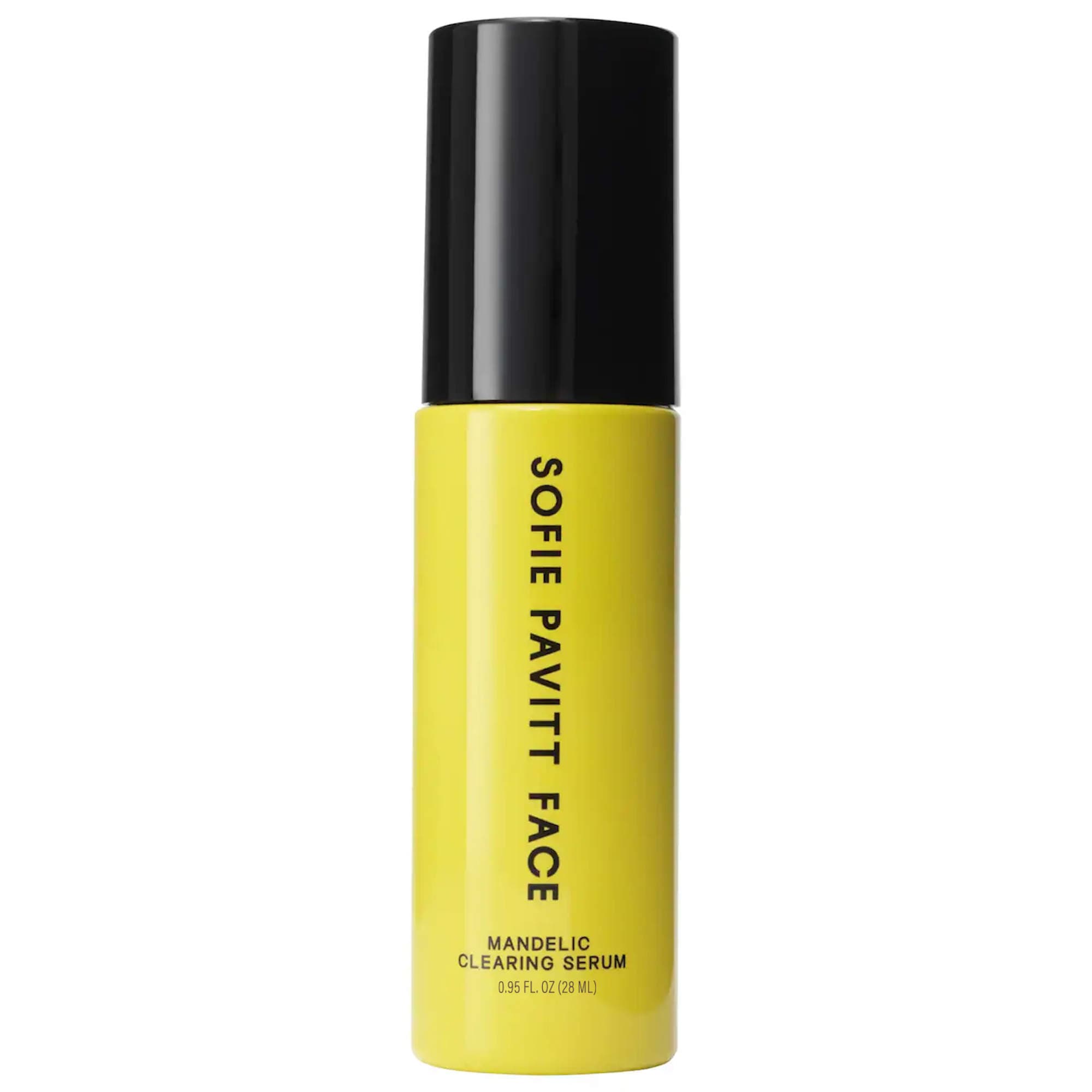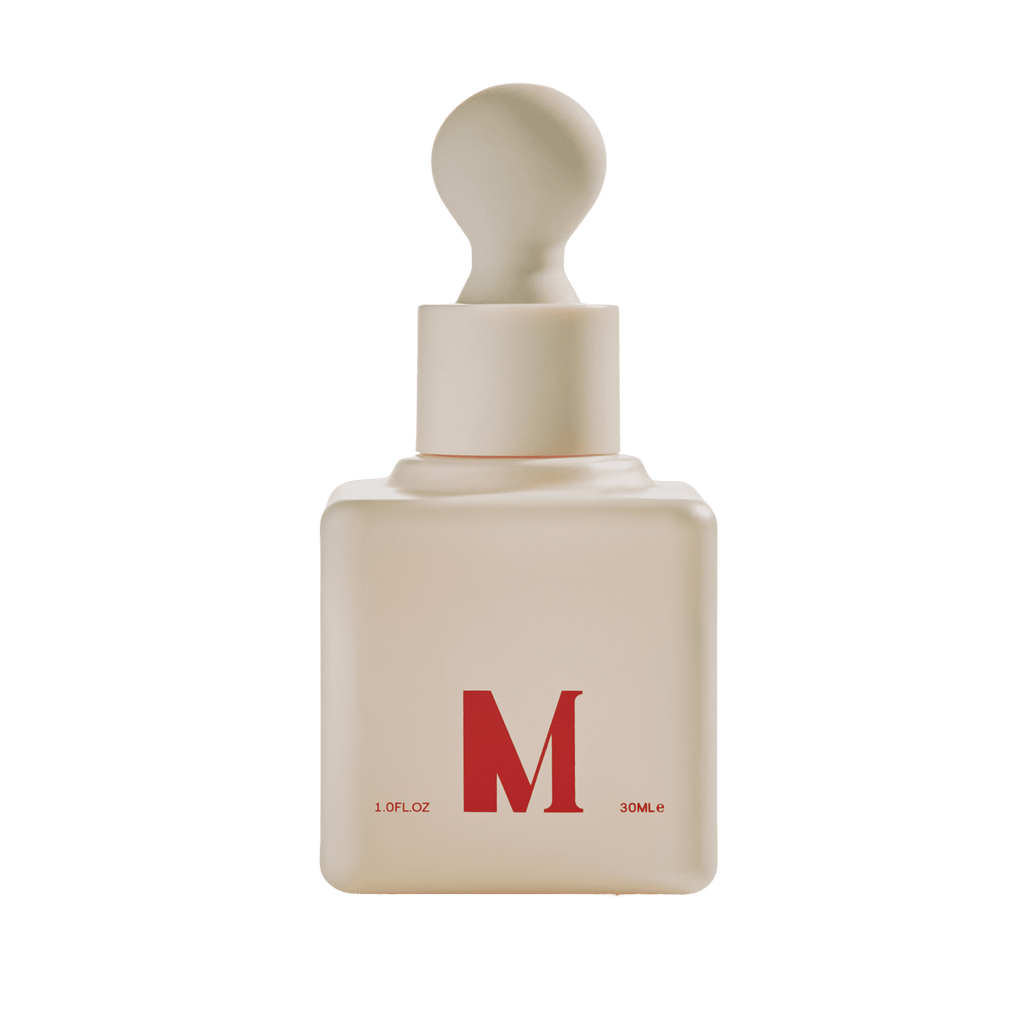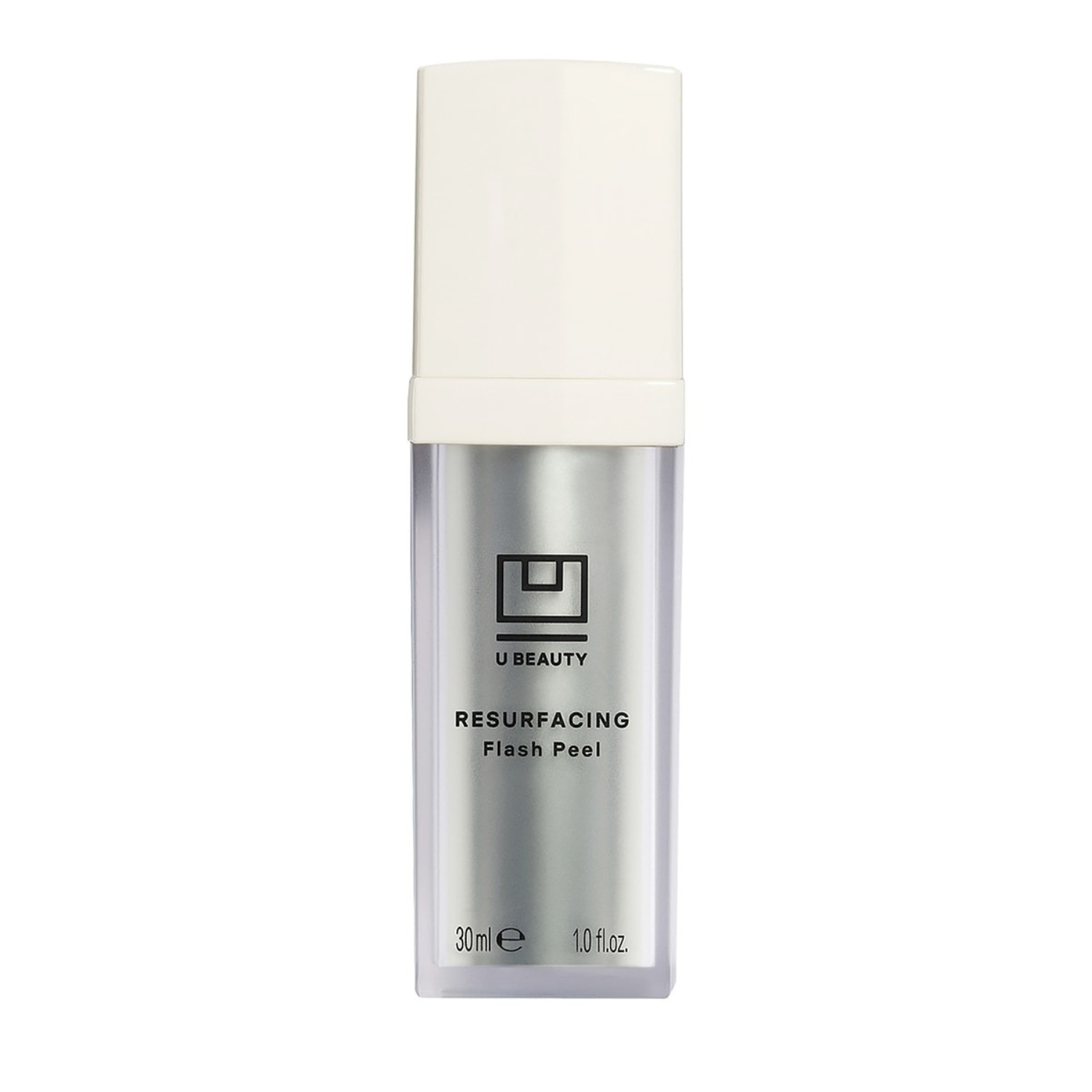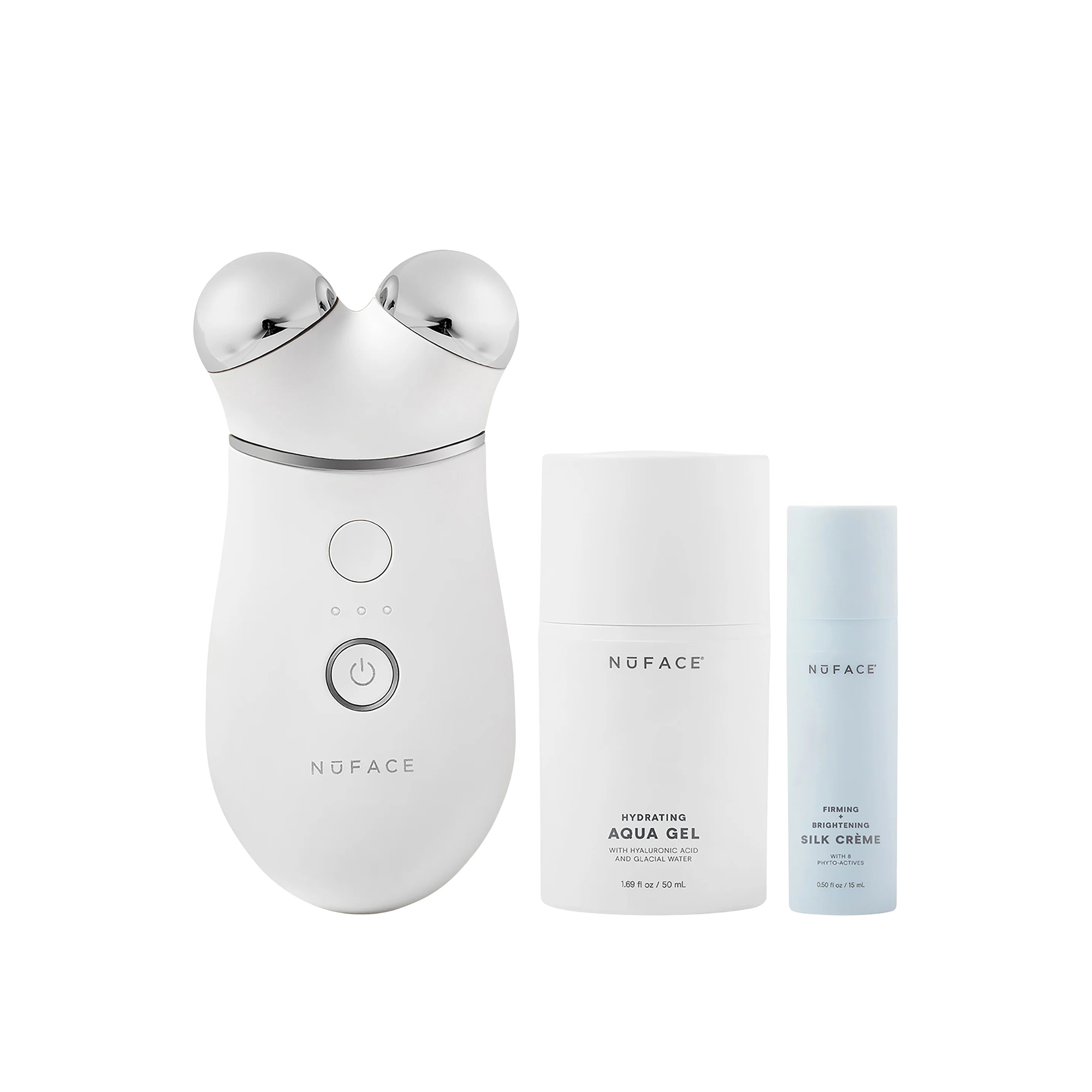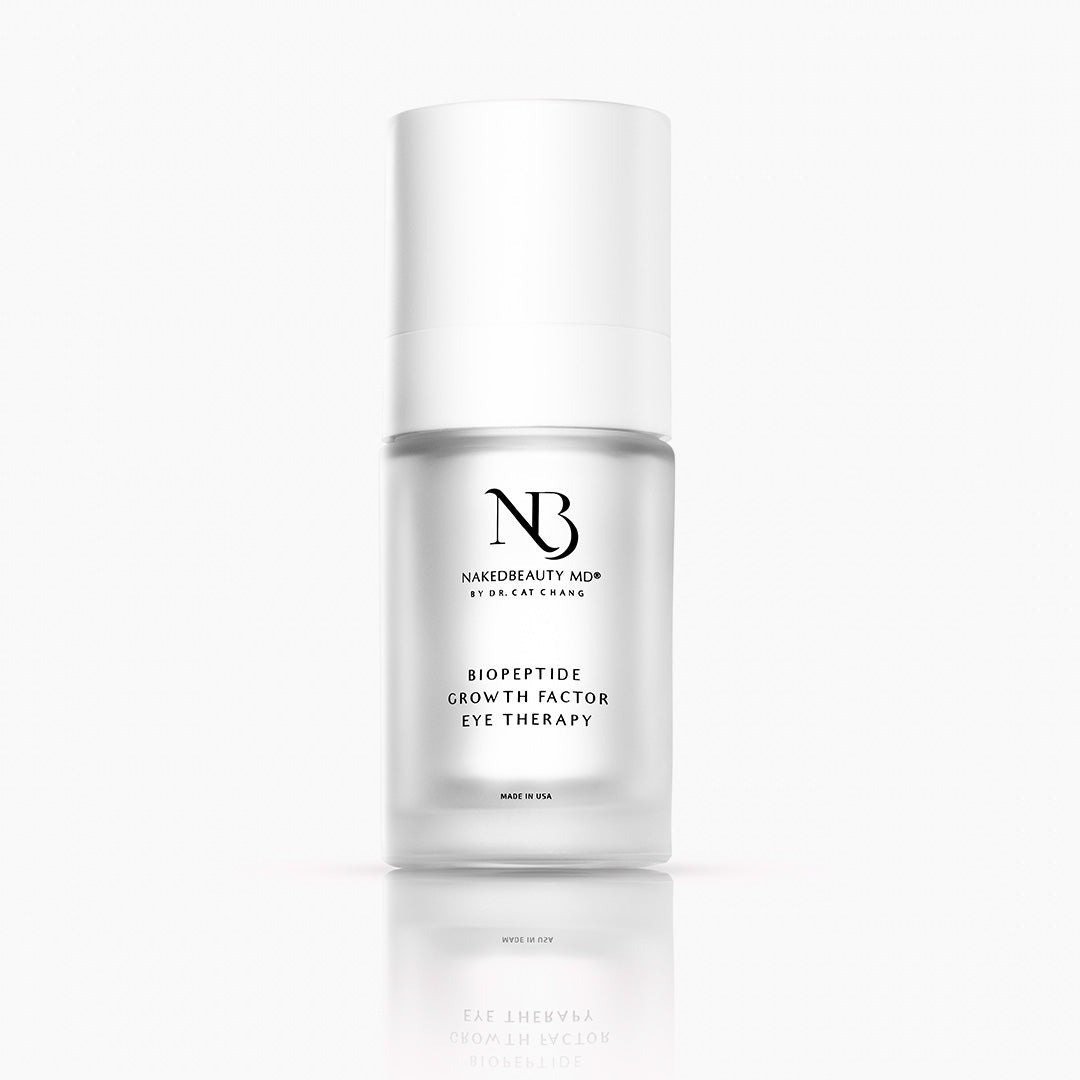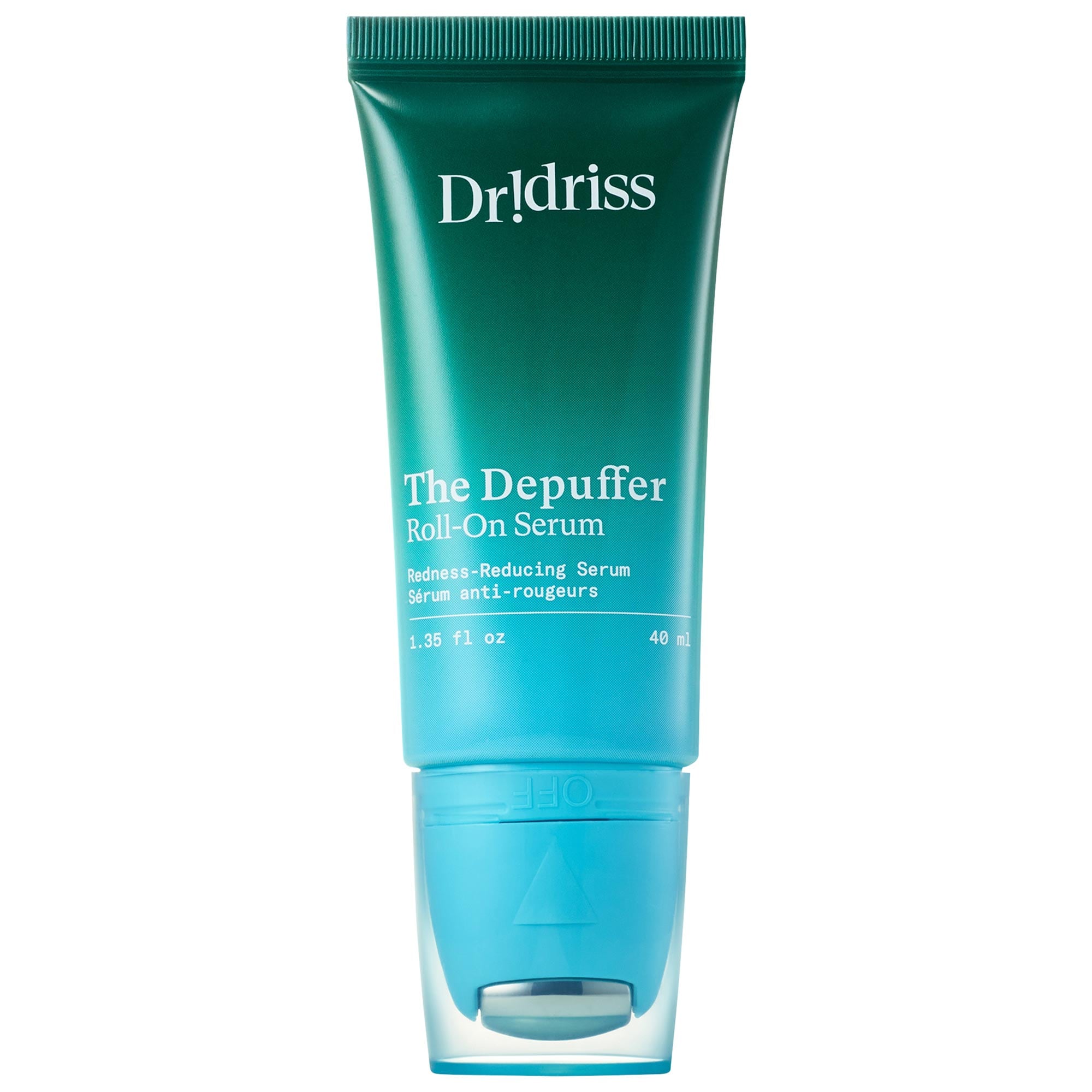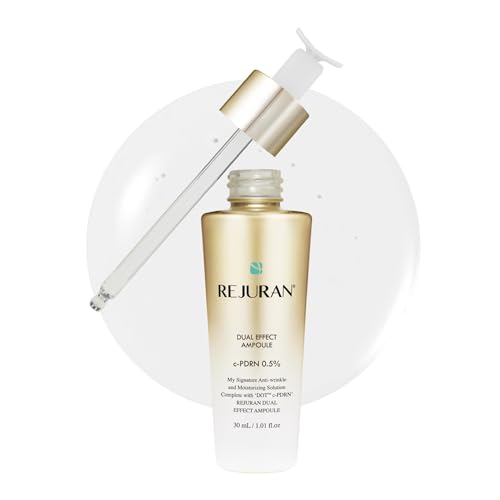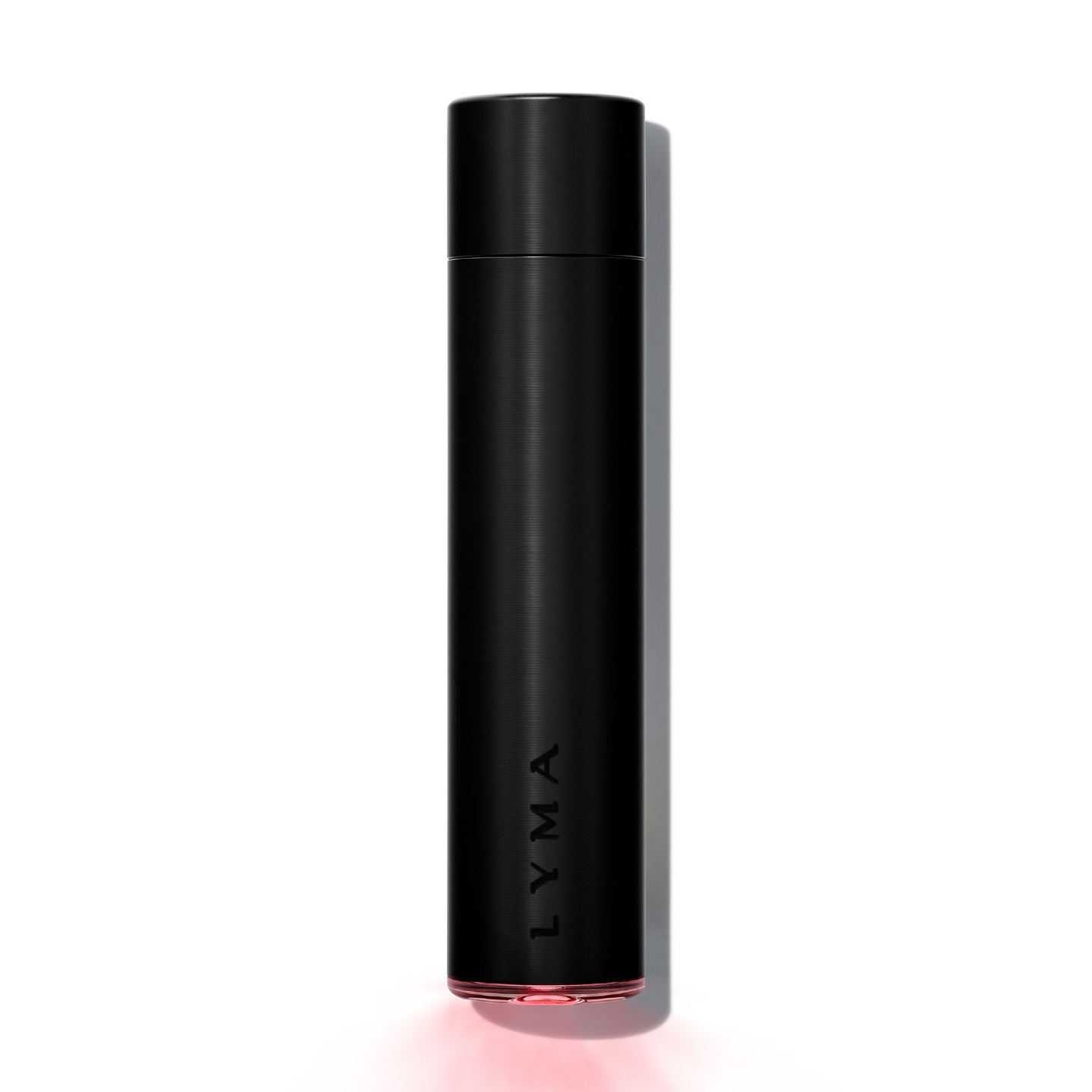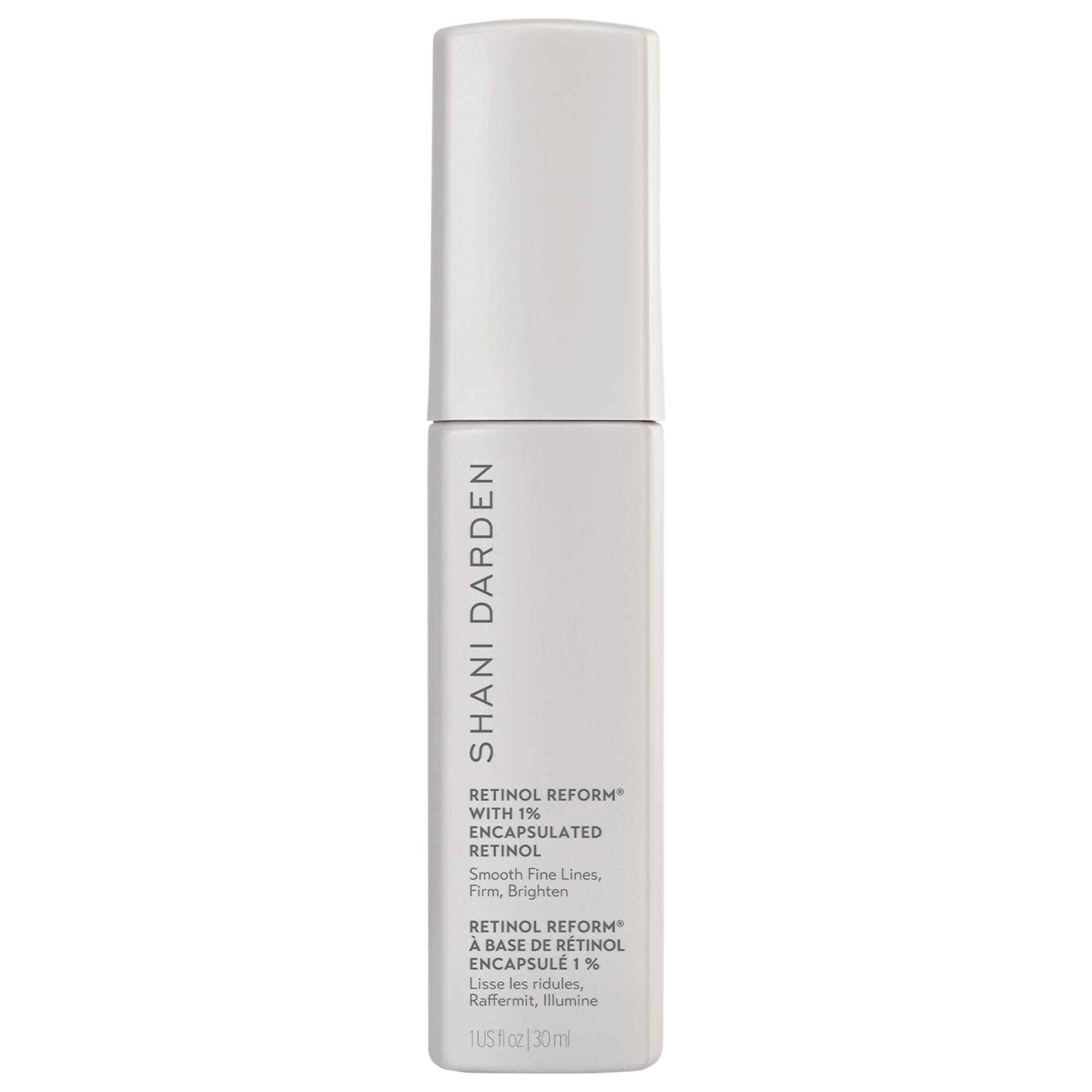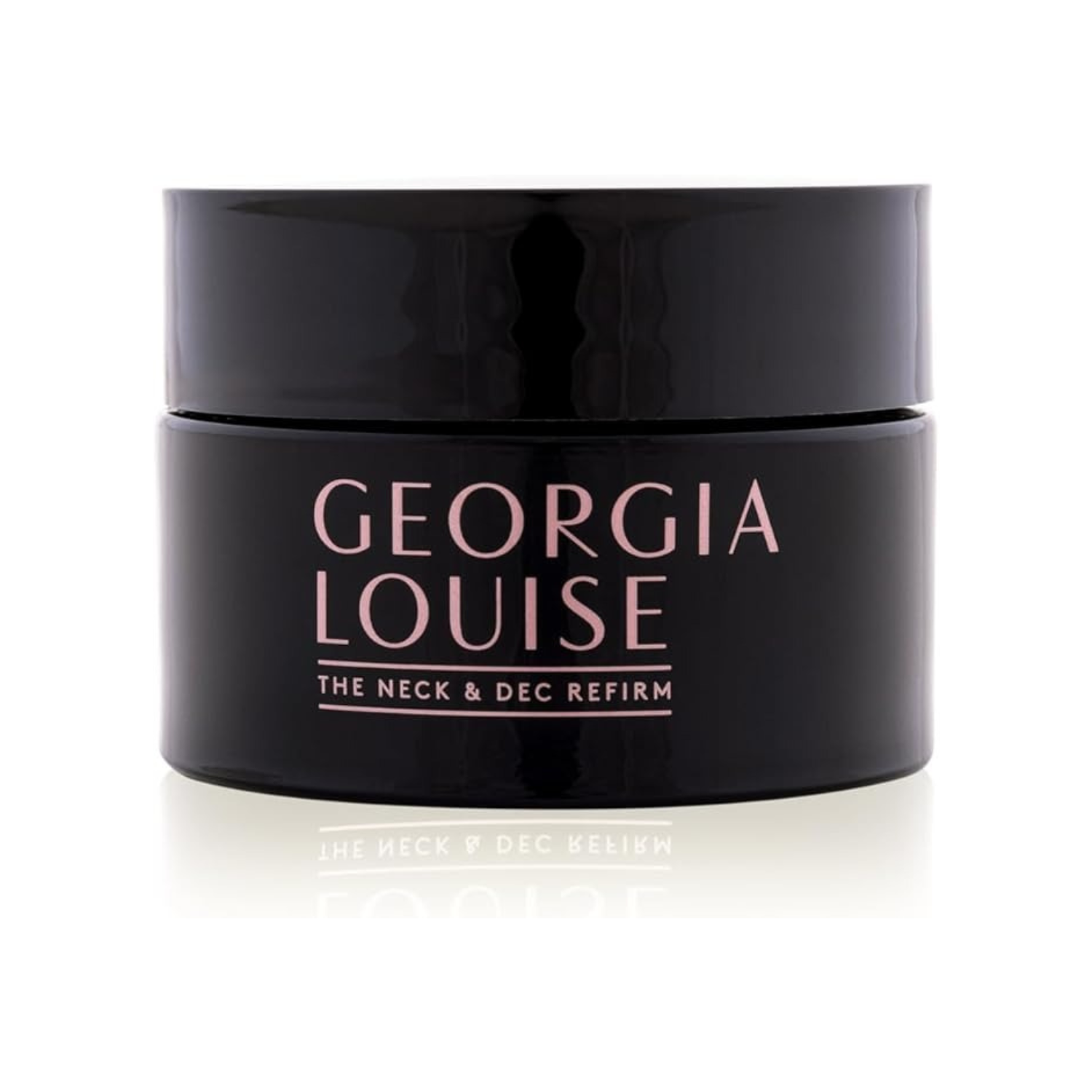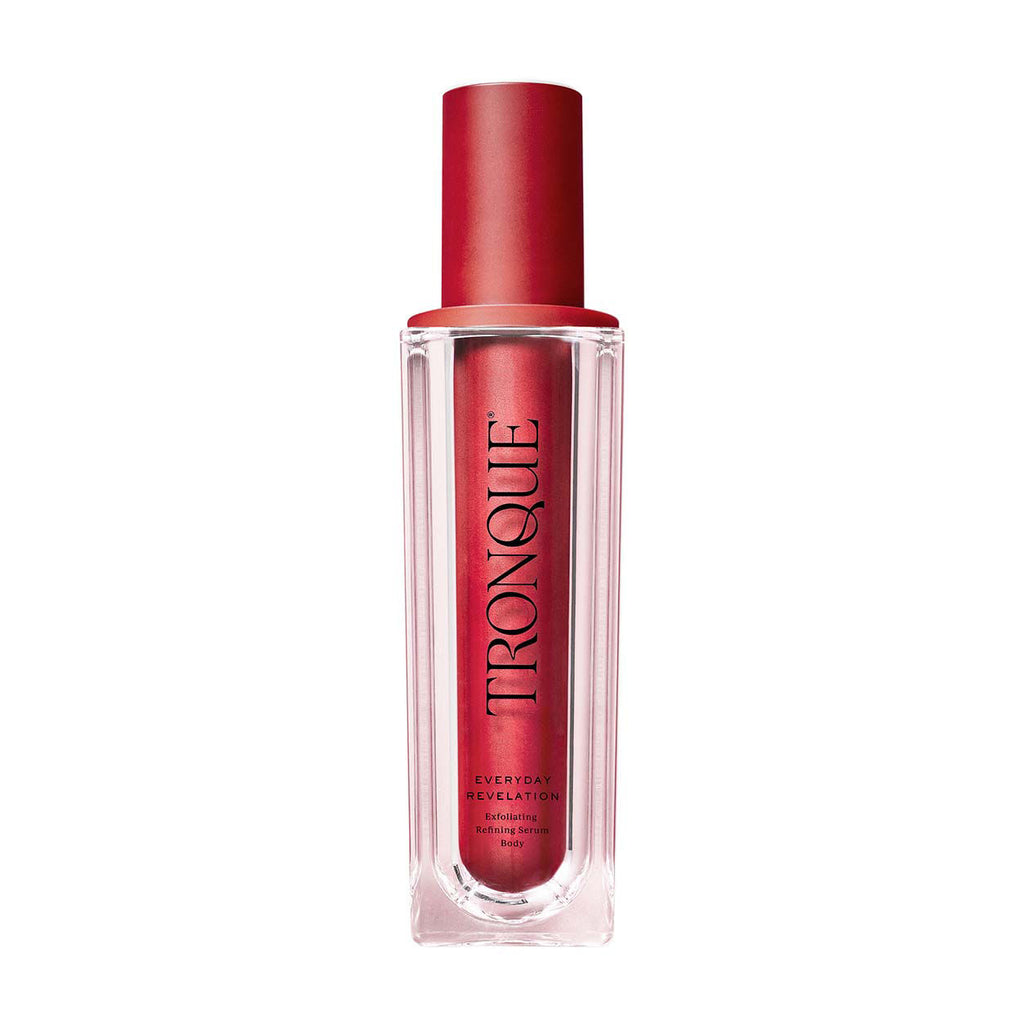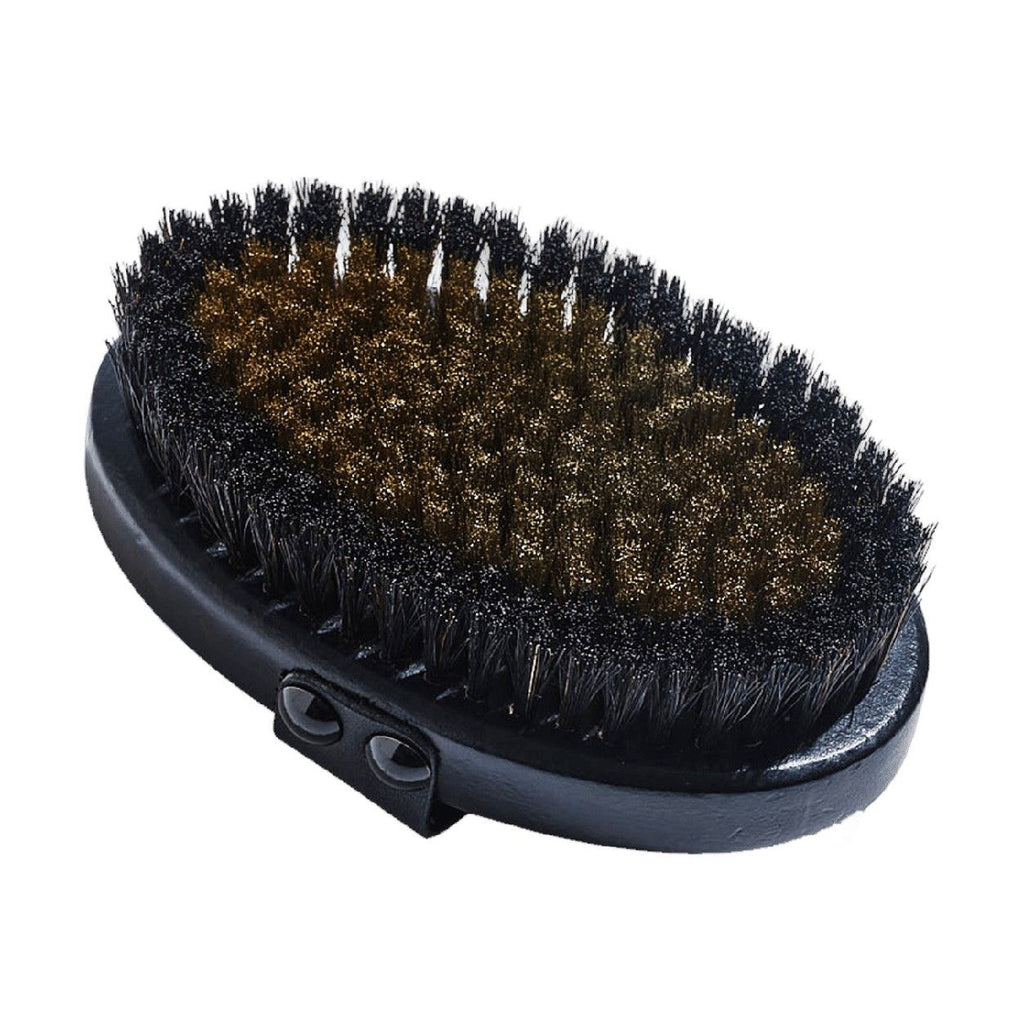From Sofwave to Salmon Sperm: Every Pre-Wedding Skin Treatment to Know in 2025
The experts have spoken.
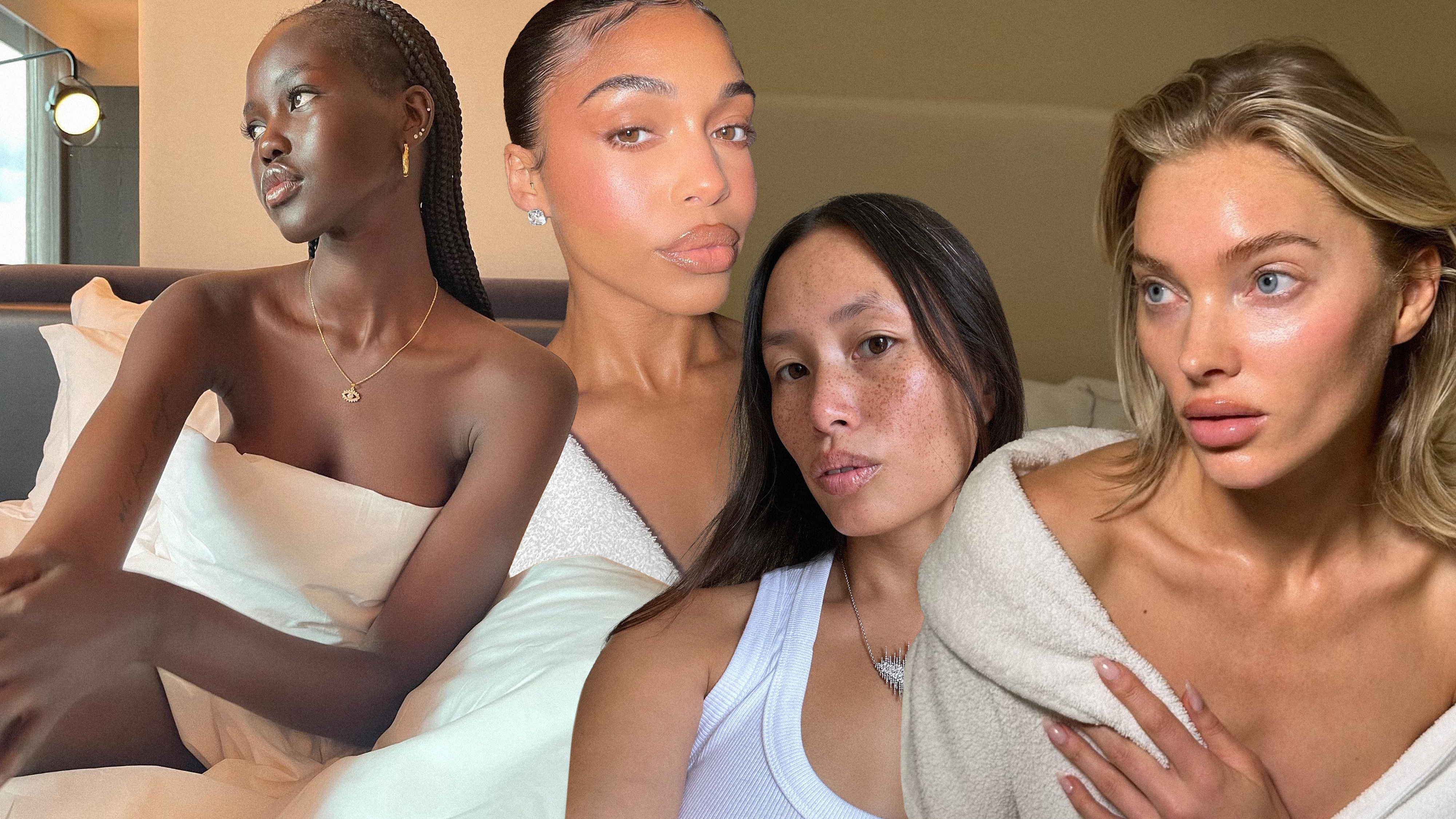

As a 2025 bride, allow me to state the obvious: Planning a wedding comes with a ton of pressure. There are a million and one decisions to make, vendor logistics to juggle, and delicate family relationships to manage, all with the expectation of looking effortlessly elegant on the big day—it's a lot. That said, I understand the urge to slam your phone against the wall when you see an encyclopedic guide to all the beauty treatments you "need" before walking down the aisle. It's dizzying, even for a beauty editor, which is why I did my absolute best to whittle down the most worth-it options of the year. I spent weeks speaking to trusted derms and facialists, reaching out to fellow brides, and sorting through all their recommendations to separate the best routes for varying skin concerns. (You should see my 16 pages of notes.) The following list, while extensive, is the most straightforward, up-to-date menu you can find—I promise you that.
To be clear, by no means am I recommending you book every single treatment. You don't have to book any at all, if you choose! To hell with the pressure of looking "perfect." But I'd be lying if I said that I didn't want my skin to look the best it ever has—still me, just with a smooth, sculpted, megawatt glow—and if I'm able to make your planning journey even a hair easier, then I consider that a win. Ahead, discover the buzziest (and most effective) skin investments to know in 2025, from noninvasive contouring methods to glass-skin enhancers to texture-smoothing lasers with zero downtime.
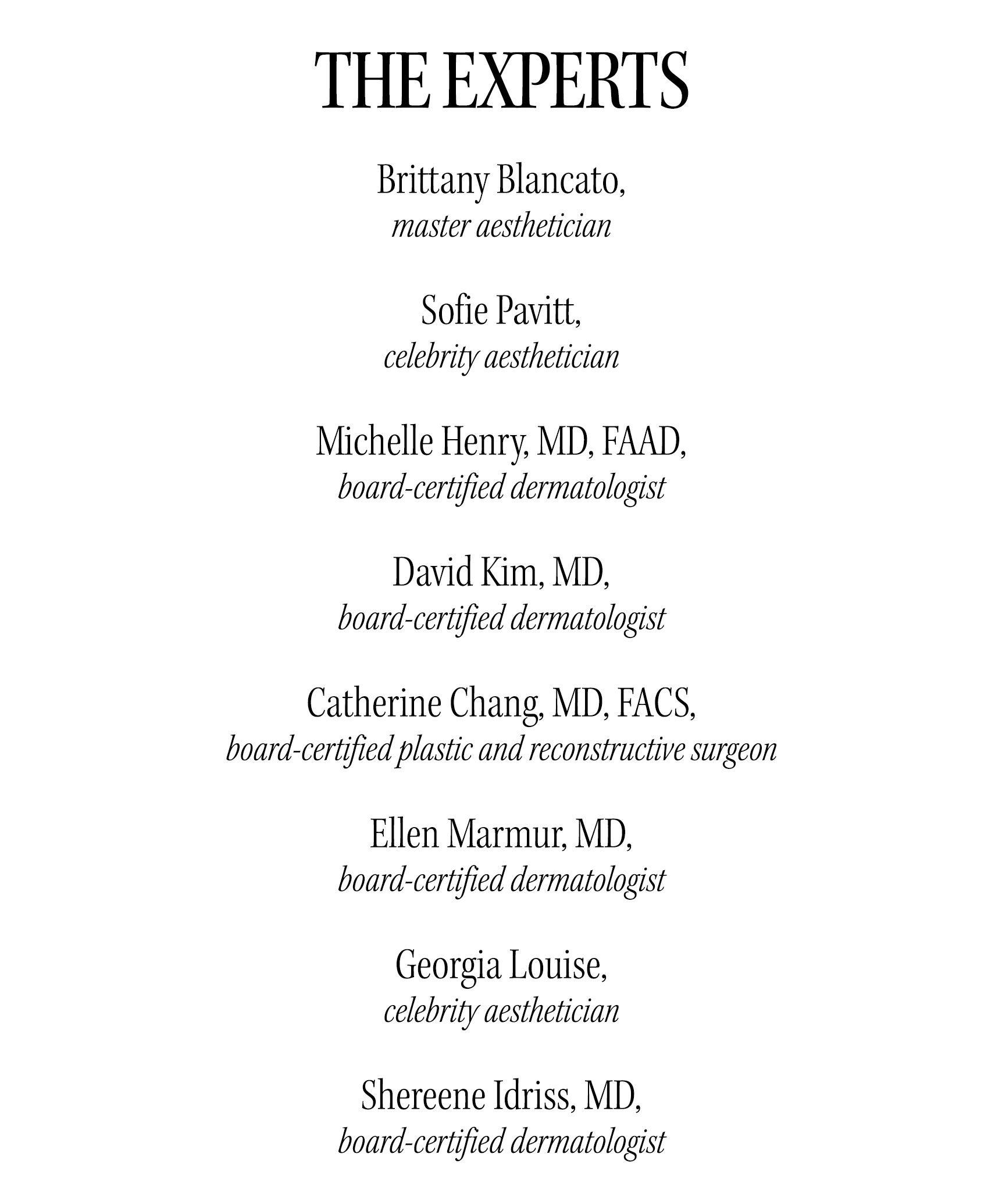
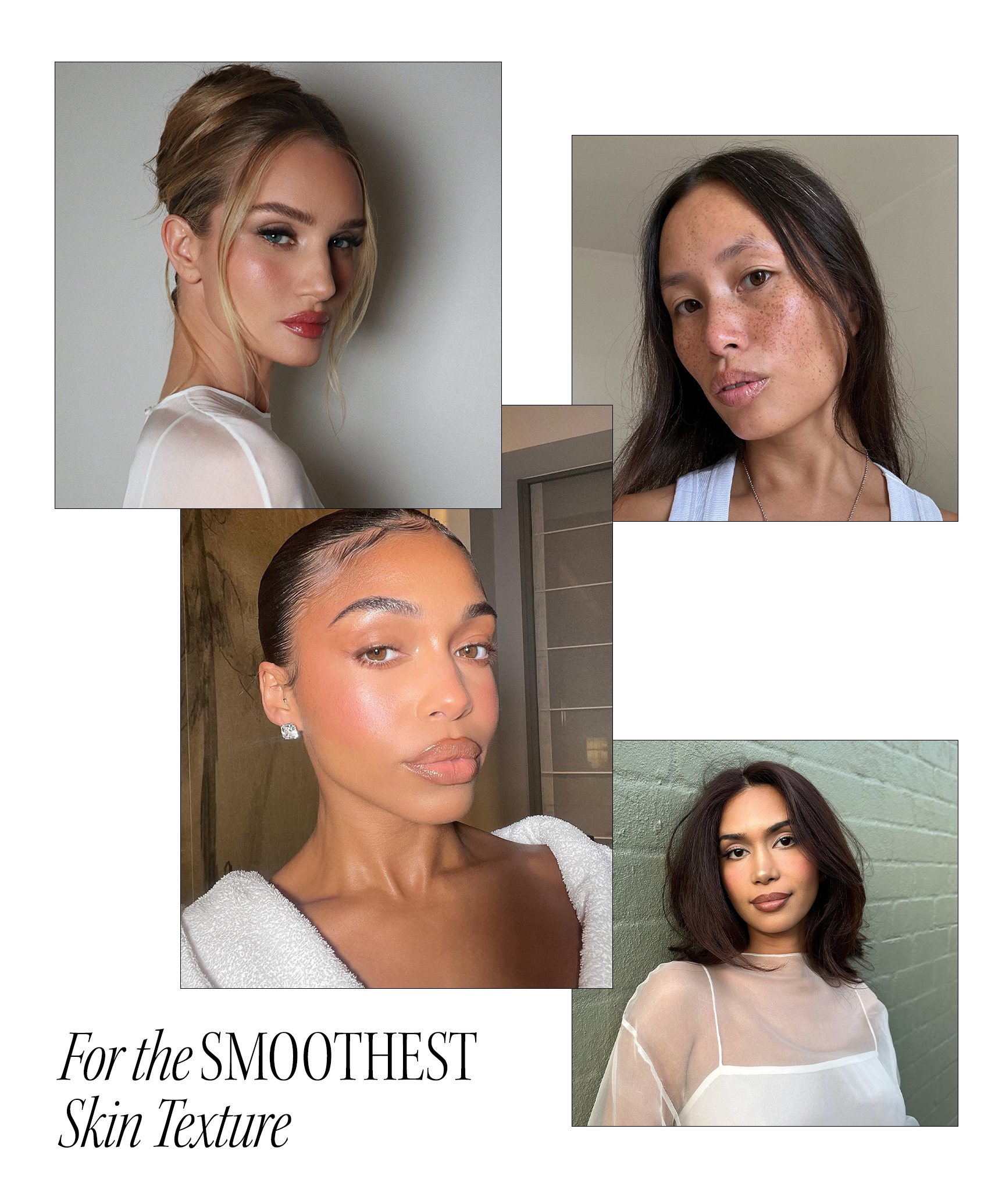
According to celebrity aesthetician Sofie Pavitt, the most important factor for "wedding-ready" skin is texture, not pigment. "Most brides wear more makeup than they usually do for photographs, so pigmentation is usually covered up," she explains. "If your skin looks really dull and tired or you have a pebbly texture from acne, you're going to see that in a photo, versus if you have a little dark spot or post-inflammatory erythema [aka red patches], chances are, with concealer over it, it's going to look smooth."
That's not to say you shouldn't address discoloration if it bothers you (more on that later!), but if skin texture is at all a concern, perhaps tackle that first with the treatments below.
BBL Facial
First up in the laser family, we have BBL, which stands for broadband light. It's essentially a more advanced version of IPL (which stands for intense pulse light and is common for discoloration and laser hair removal) that has more of a skin-rejuvenation component. Meaning, not only does it help fade dark spots, but it also helps with acne and overall skin-tightening. "You can basically make someone's skin look super glassy and clear in terms of acne, redness, rosacea, and pigmentation," says master aesthetician Brittany Blancato. A BBL facial really is a do-it-all laser treatment, but given its ability to keep the skin super clear ("It's really amazing for acne," Blancato notes), it has a home here in the texture-smoothing category.
Clear + Brilliant
Another laser option is Clear + Brilliant, which is a fractional laser that specifically targets skin texture, such as acne scars, hyperpigmentation, and even pore size. "Clear + Brilliant lasers have always been popular, but they're growing in popularity," board-certified dermatologist Michelle Henry, MD, FAAD, shares. Why? It's a non-ablative laser, meaning it heats deeper layers of the skin without traumatizing the surface. "It's a very gentle laser, so it's safe for people with darker skin tones as well," adds board-certified dermatologist David Kim, MD. Still, your skin may be inflamed post-treatment, which is why he recommends spacing out treatments one month apart.
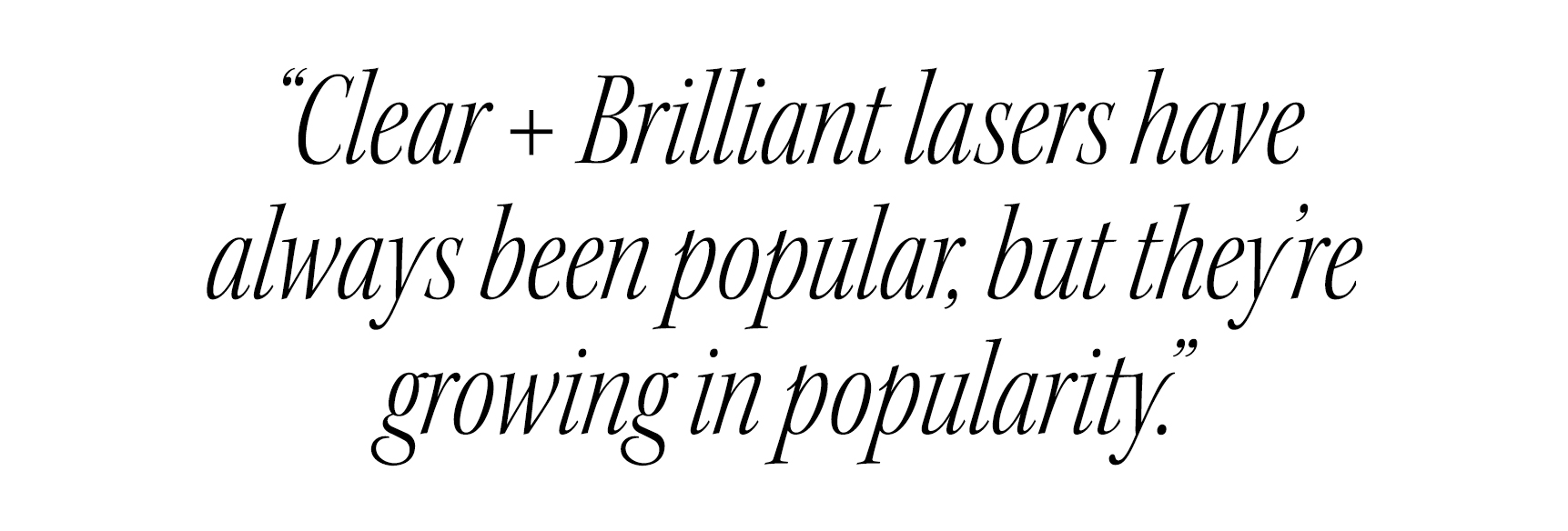
TCA Peel
For those who prefer to steer clear of lasers, experts recommend mild to moderate chemical peels to resurface the skin. TCA peels (or trichloroacetic acid peels) are popular options as they come in a variety of concentrations, so they're easily customizable. In fact, some super-mild options can come with minimal or even zero downtime (i.e., redness and peeling). "It's tremendous for all skin types, so a huge tick on that as well," celebrity aesthetician Georgia Louise says.
PRP
"For wedding prep this year—and honestly, across the board—I've seen a major uptick in treatments that focus on regeneration and healing from within," states board-certified dermatologist Shereene Idriss, MD, founder of Dr. Idriss skincare. One of the most popular is PRP (platelet-rich plasma), which uses your body's growth factors to improve skin texture and tone. Allow Blancato to explain: "We draw your blood and put it into a centrifuge. It spins the blood so fast that in the chamber of the tube, the liquid gold separates and floats to the top, and then the fatty layer—the red platelets—falls to the bottom. We extract the gold, and then that's applied topically." That liquid gold then works overtime to stimulate collagen and treat whatever concern you'd like to focus on—from scars to hyperpigmentation to overall skin regeneration. "It's like giving your skin its own pep talk," adds Idriss.
The only caveat is that you need to pair PRP with some sort of micro-channel in the skin for it to work. You could create a punctured micro-channel through microneedling (which pricks tiny needles into your skin) or a micro-beam channel through lasers, but you do need some sort of "trauma" on the skin before applying PRP. "If you put it on your skin just regularly, you're not going to get the same kind of benefit," shares Blancato.

Exosomes
Exosomes are similar to PRP in that they need some sort of micro-channel (again, microneedling or lasers) to do their best work. The difference is they don't come from your own body, so there's no need to draw blood. "Exosome [therapy] is a more accelerated, advanced technology. It's like a cousin to a stem cell. It's not a stem cell per se, but it's a similar kind of messenger cell," explains Blancato. "When it goes into the trauma site, it's going to basically help correct whatever's going on, whether that's inflammation, pigmentation, maybe damaged collagen proteins and elasticity."
Board-certified plastic and reconstructive surgeon Catherine Chang, MD, FACS, is personally a fan of microneedling with exosomes, which she says can retexturize the skin and supply a nice glow. "I typically recommend at least four treatments, four to six weeks apart. The last one I would do three to four weeks before the wedding," she advises.
Liquid Microneedling
Not a fan of needles? You're certainly not alone, which is why liquid microneedling has skyrocketed in popularity within the past couple of years. It originates from Korea (as most cutting-edge beauty ventures do) and comes as part of a 10-step facial complete with essences, ampoules, and serums—including one infused with spicules, or tiny microspears derived from hydrolyzed sponges. These prickly fragments resurface the skin and create microchannels for better ingredient absorption, similar to traditional microneedling, just, you know, without the actual needles.
"I love liquid microneedling for active acne. It flattens it. It really helps calm down texture, and it gives you that amazing radiance," Pavitt shares. "I would do it a few months before [your wedding] to make sure you like it, and then do it again maybe a week before."
Shop Skin-Smoothing Products
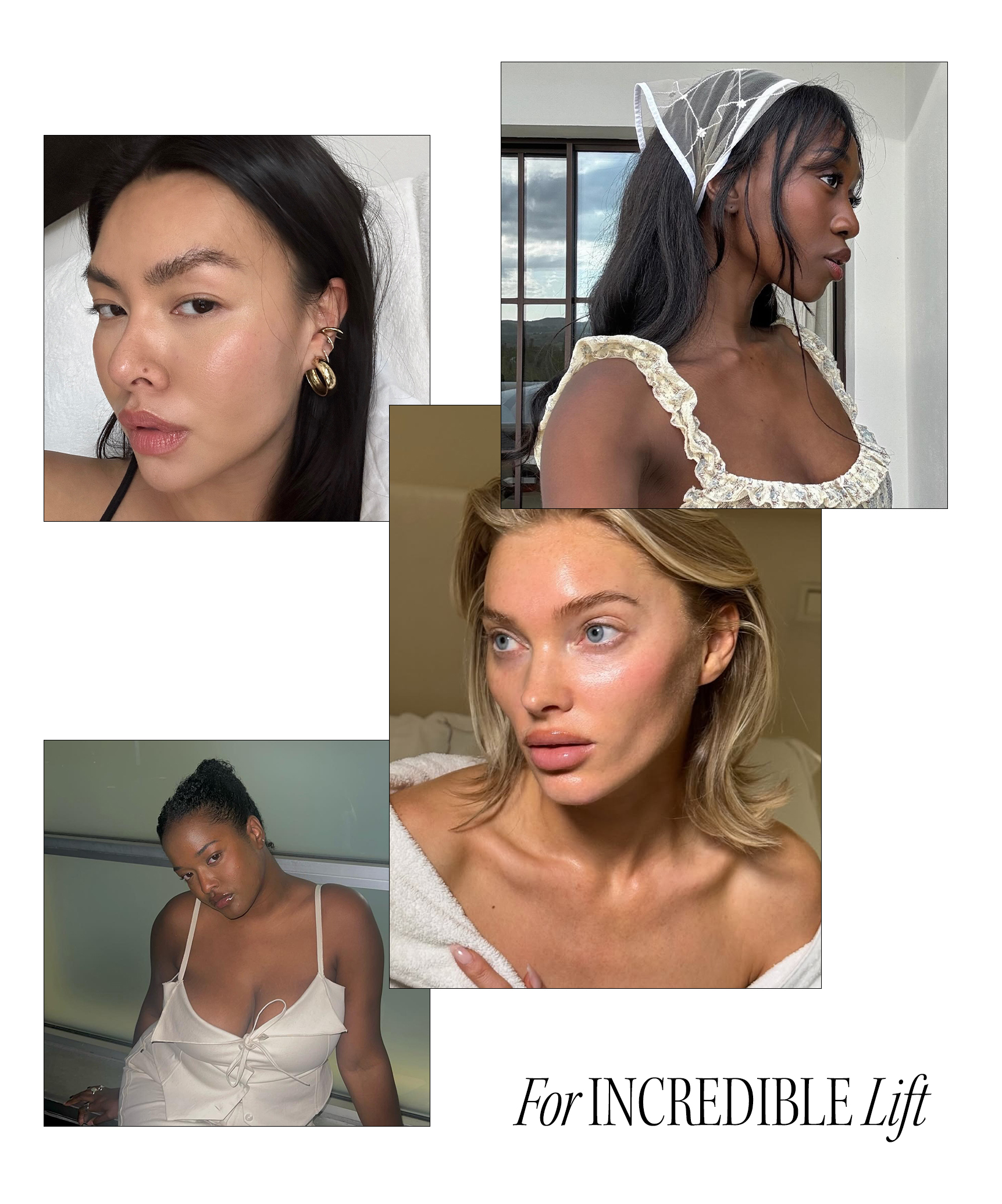
While standard injectables certainly aren't going anywhere, experts have seen an uptick in noninvasive measures that lend more of a natural-looking effect over time. "People just want to look really snatched without doing filler as much, so I have seen a bit of a shift towards bio-regeneration tools for brides," shares board-certified dermatologist Ellen Marmur, MD, founder of MMSkincare. That being said, it does take a bit more time and planning to reach those lifted, sculpted results. So if you've got a year to six months out before the big day, these are the treatments to consider.
Sofwave
Sofwave seems to be the name on everyone's lips—and jawline, cheekbones, and neck—this year, likely thanks to Kim Kardashian's glowing endorsement back in February. ("It’s beyond worth it! Probably the best machine out there for lifting and collagen production," she wrote on her IG story.) Celebrity fanfare aside, Sofwave has been around for quite a while, and experts swear it's game-changing. "Not only does it give you that nonsurgical facelift, but it also helps to texturize the skin in a really beautiful way," explains Louise.
It does so using ultrasound energy that stimulates collagen within the skin while remaining superficial, so it's super safe and easy. "It's kind of a point-and-shoot device," adds Blancato. "We know that it's going to do exactly what we want it to do. It's a really safe treatment, and it's effective, especially for younger [individuals] who are in their 20s and 30s. They might not necessarily 'need' it, but their tissue is going to respond a lot faster than somebody who's in their 50s, 60s, 70s, or 80s… They're going to notice more tightening, lifting, and contouring, and they might hold on to it a little bit longer, too."
Ideally, you'd do two sessions: one six months before the wedding and another with three months to go. And don't worry—you won't face any sort of downtime, which is also what makes it so esteemed. "You're not going to be red or swollen, and your skin's not going to peel off. You can go straight back to your day-to-day routine," notes Kim.
Cryofacial
Speaking of treatments with no downtime, cryofacials are great for an immediate sculpting effect. It's typically featured as an add-on to a regular deep clean. After cleansing and exfoliating, aestheticians will use a high-tech device that delivers either liquid nitrogen or CO2 straight into the skin. It may not lead to long-term lift at the structural level, but it is noticeably effective before an important event (like, say, your wedding). "Cryo is more for de-puffing," Pavitt notes. "A lot of people carry fluid in their face, and the cryo really helps sculpt it and lift it out." That said, you can totally opt for this treatment a week or two before the big day, assuming you've tried it before to rule out any potential reactions.
Microcurrent Facial
Microcurrent facials offer a similar immediate tightening effect, especially when you couple them with at-home maintenance. See, microcurrent stimulates your facial muscles by increasing ATP, a molecule responsible for cellular energy. "Exercising" these muscles over time can result in firmer, lifted skin, but you have to stay consistent with it to see those results. "It's like going to the gym," shares Pavitt. "If you're training that muscle, you want to continue to do it for a period of time." That's why she recommends a series of microcurrent facials—ideally six to eight months out from the wedding—for optimal, visible lift.
While you should certainly keep up the microcurrent at home if you can, professional facials use premium tools—ones that aren't available for the average consumer, unless you're Paris Hilton or Madonna—that have a much stronger effect. "Mine is the Ferrari of microcurrent devices," Pavitt jokes. (It's the NeurotriS, if you're curious.) "It's going to sculpt and lift you, but it's also going to deliver a lot of circulation to the skin and make you look really radiant."
Emface
Emface utilizes electromagnetic energy combined with radiofrequency to contract the muscles in your forehead, cheeks, chin, etc., and stimulate collagen repair, resulting in toned, lifted skin. If you're familiar with its body treatment equivalent, Emsculpt, then you know a 30-minute session can be compared to doing 20,000 crunches or squats. Emface uses the same muscle-stimulating technology but for more delicate areas.
"I'm using my Emface device a lot," says Henry. "It's a temporary improvement, but it's one of the few ways to get lift without a single needle with absolutely zero downtime that is quite reliable." It's super popular for a mid-facelift (think cheekbones, jawline, and underneath the chin), but the brand recently launched an eye version, which Henry mentions is great for brides hoping to prevent creases and sagging. No matter which treatment area you decide on, she recommends three to four sessions spaced a week or so apart.
Baby Tox
No, injectables aren't going anywhere, but they are becoming more and more targeted. Think micro-injections of neurotoxins (aka baby tox) around the eyes, on the forehead, and in the masseter muscle—for brides with a ton of jaw-clenching wedding stress. "It's just enough toxin to get rid of lines, but you can still move, animate, and look like a happy bride on your day," Henry explains.
The eye area is a particularly popular spot, as just a prick can provide noticeable lift. "I'll take it in a C-shape around the brow to the corner and slightly down the cheek to help open and lift the eye," notes Chang. She also loves micro-Botox in the forehead to ensure a natural position of the brow; plus, "Botox in general gives a slight brilliance to the skin," she adds. Marmur will target the hairline as well to prevent excessive sweat (and thus, streaky makeup) on the big day, especially for brides getting married outdoors.
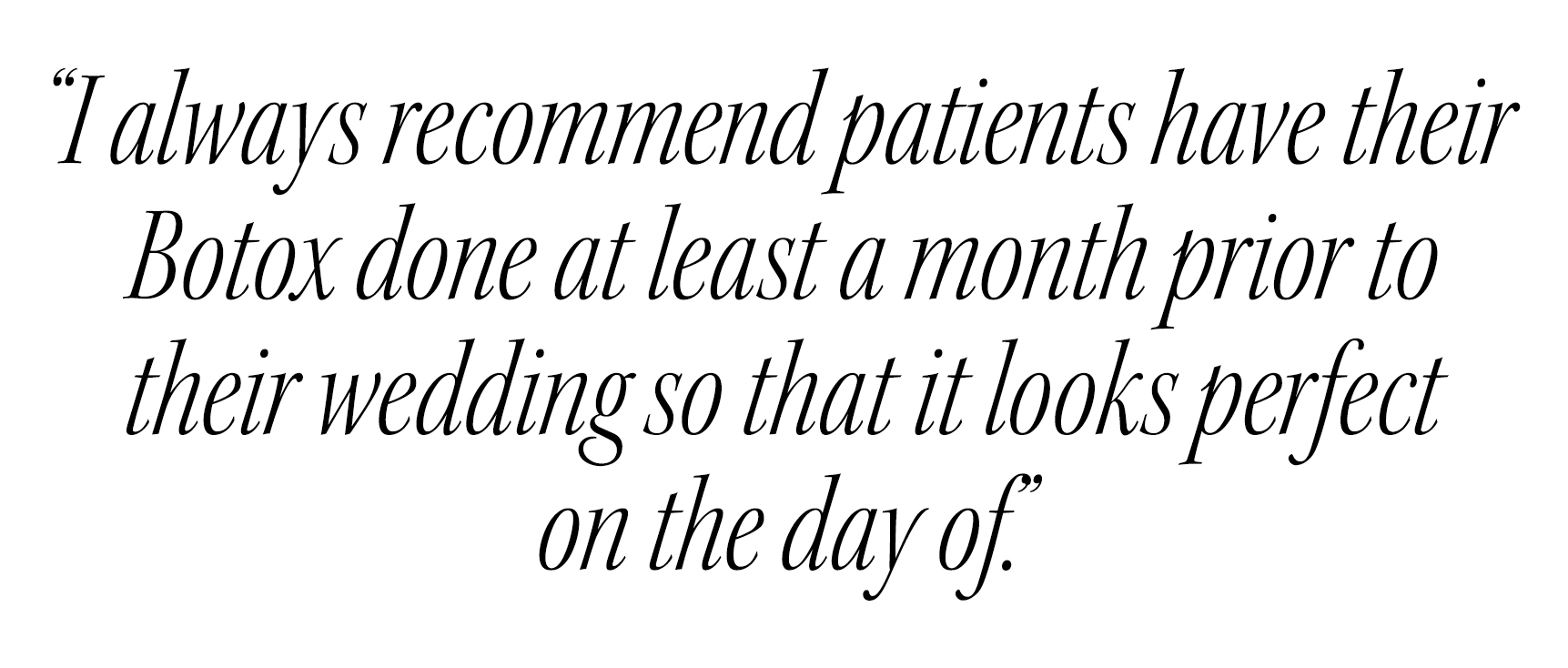
Another wildly underrated placement? "I'm doing a lot of nose tox," Henry shares. Some people have a muscle that turns the tip of their nose down when they smile, she explains, which she can easily address with a quick micro-injection. "I'll do nose tox to the base of the nose to relax that muscle. And for those who feel like they flare when they smile or when they're excited, I'll even inject the nostrils," she adds.
If you're new to neurotoxins, make sure you try it at least three months before your wedding so your practitioner can see how your skin responds and make any tweaks. Once you have the placement and dose down pat, "I always recommend patients to have their Botox done at least a month prior to their wedding, so that it looks perfect on the day of," Kim advises.
Shop Skin-Firming Products
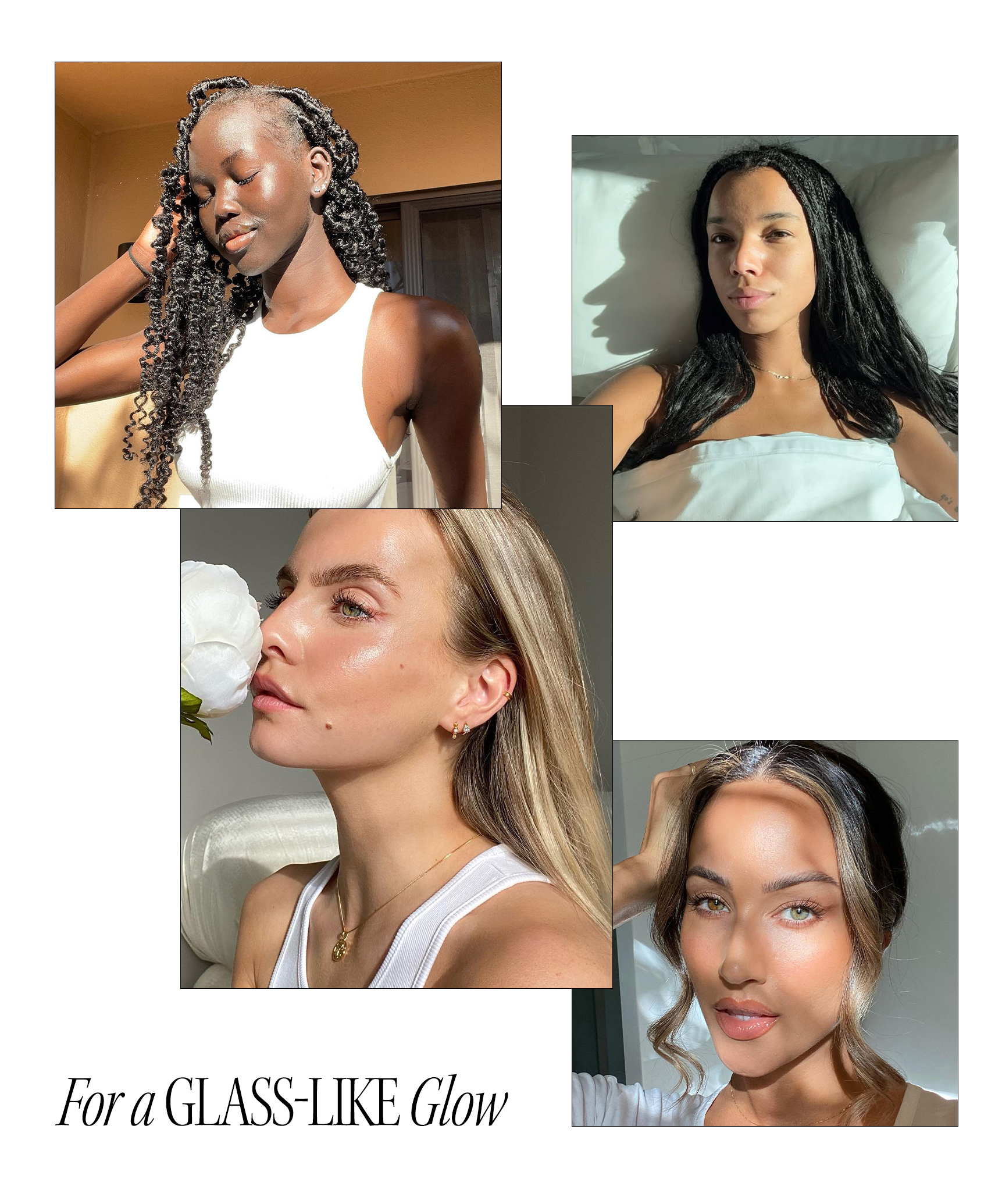
For brides, "Having very glowy, smooth, healthy-looking, radiant skin goes a really long way," notes Kim. Whether you're hoping to fade dark spots, reduce redness, or secure a complexion so dewy and even it resembles a pane of glass, these are the targeted treatments to seek out.
Salmon Sperm Facial
Open up your TikTok app, and chances are you'll come across someone singing the praises of a salmon sperm (or PDRN) facial. While it's super buzzy right now in the U.S., this treatment has been around in Korea for over a decade. The most notable company is called Rejuran, which features a skincare line, topical skin boosters to use alongside microneedling treatments, and injectables. The injectables give you the best results (read: firm, bright, elastic-looking skin), but they're not FDA-approved in the U.S. quite yet, so unless you have a trip to Seoul on the calendar, it's best to go with the topicals.
Pavitt and Idriss personally prefer the professional microneedling route, noting that it gives you a gorgeous radiance, not as much as the injectables, but certainly enough for a “Wow, you look incredible” effect. "It supercharges your skin’s ability to heal and regenerate," says Idriss, who likes to combine topical Rejuran with microneedling and PRP. "It’s a combination I do all the time for my patients prepping for big events—especially brides—because it’s effective, customizable, and gives that healthy, radiant skin from the inside out."
"I can tell if someone's had it or not just by looking at their face. It gives you this extremely glossy look," Pavitt adds. "You know the Pat McGrath [Glass Skin Mask]? It's crazy to compare it to that, but it almost looks like people have this lacquer to their skin. It's beautiful." To see those impressive results by your wedding, experts recommend three to four sessions spaced a month apart. Start even earlier, just to be safe—ideally six months to a year out.
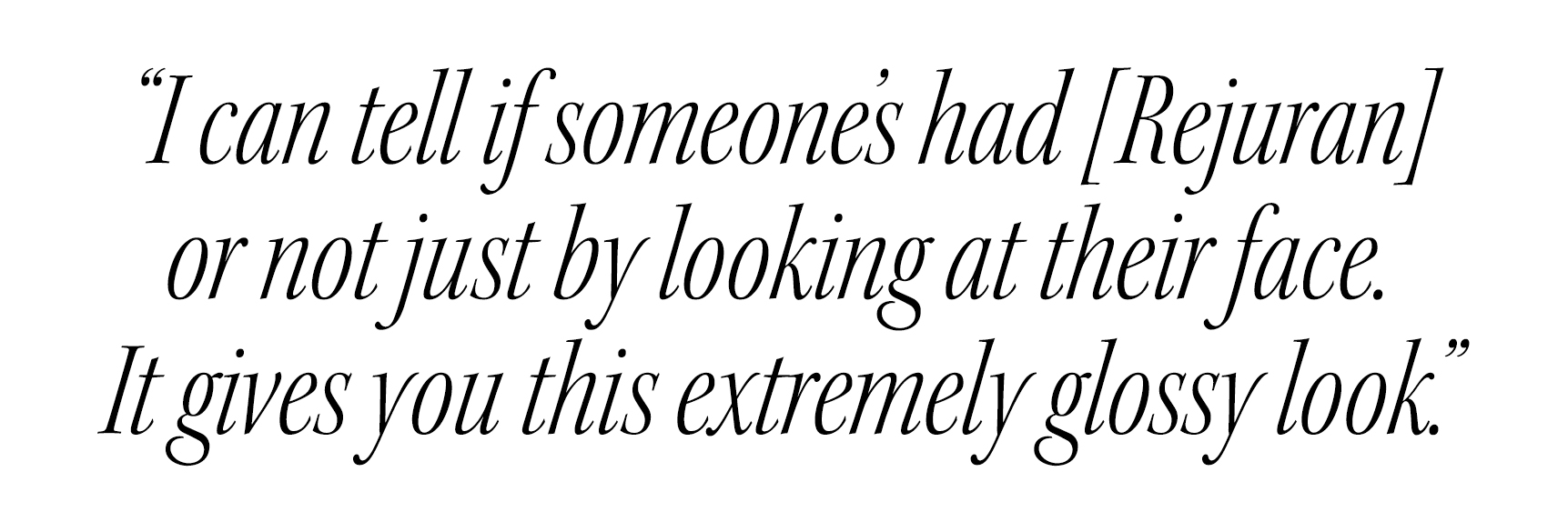
Dermaplaning
Trust—you don't know unbelievably soft, glowy skin until you try dermaplaning. Vellus hair (aka peach fuzz) plus dead skin cells can contribute to a lackluster complexion, so removing that top layer really makes a noticeable difference. "It's ridiculous. Your skin is off-the-charts amazing," says Louise, who pairs dermaplaning with a mild lactic acid treatment to enhance the effects. "That's definitely something to do a week before the wedding—your skin is just beautiful." Not to mention, it helps provide the most immaculate, even canvas for makeup; you won't be able to tell where your bare skin ends and foundation begins.
An important caveat: If you've never had dermaplaning before, do not (we repeat: do not) get it for the first time the week before your wedding. It's uncommon, but some people do experience inflammation with an initial dermaplane. "Try it a couple of months beforehand to see if it works for you," Pavitt suggests.
Oxygen Facial
"Oxygen is amazing for any candidate," declares Pavitt. All it entails is waving purified oxygen over the surface of the skin, which delivers straight oxygen (and its nutrients) into the skin cells. The result? A noticeably more hydrated, supple glow. "You could do that 24 hours before the event, and your skin will look beautiful—really hydrated, really shiny, that dewy look that everybody is obsessed with," she adds.
Genesis
If you're looking for an immediate, all-over glow, you can't go wrong with Laser Genesis. "The Genesis is your red carpet laser," says Blancato. Meaning, it's a multitasking treatment for reducing pore size, fading pigmentation, and tightening the skin—and it has absolutely zero downtime. You could theoretically get it the day of your wedding and have glass skin within the hour. (Theoretically being the operative word here; please don't try anything new before walking down the aisle.) "What makes it special is that it’s safe for all skin types and incredibly versatile," Blancato adds. "It’s a cult-classic laser for a reason—and in my opinion, an underrated wedding-day skin hero."

Aquagold
Aquagold is another do-it-all treatment you can customize based on your concerns. The actual device is a superficial microneedling treatment. Instead of a roller, it's a glass vial with gold-tipped needles steeped with some sort of skin cocktail—hyaluronic acid, vitamins, PRP, exosomes, even micro-Botox. An aesthetician will stamp the device across your skin, infusing it with that customized mixture. "The result is a tighter, smoother complexion with reduced pore size and redness—perfect for that wedding-day glow," notes Blancato. According to Henry, the treatment is fantastic for the one-month mark, regardless of what booster you put in the Aquagold device. That said, she does love the micro-Botox option for brides. "That really helps to shrink the pores. It's one of my favorite treatments," she shares.
Pico Laser
If hyperpigmentation is your main concern, go for Pico. It's a very gentle laser with minimal to no downtime, and according to Henry, it reduces pigment within three to four weeks. "A lot of my patients are trying to get rid of hyperpigmentation, so they can have not only glass skin and perfect pores but also really even [skin tone]," she says. "Everyone—every skin tone, every age—gets a little boost from the Pico. … That's a great one to start three months before the wedding to really get rid of pigment." A bonus: It's not technically approved for acne, but she's anecdotally noticed some improvements in skin texture, too.

Shop Skin-Brightening Products
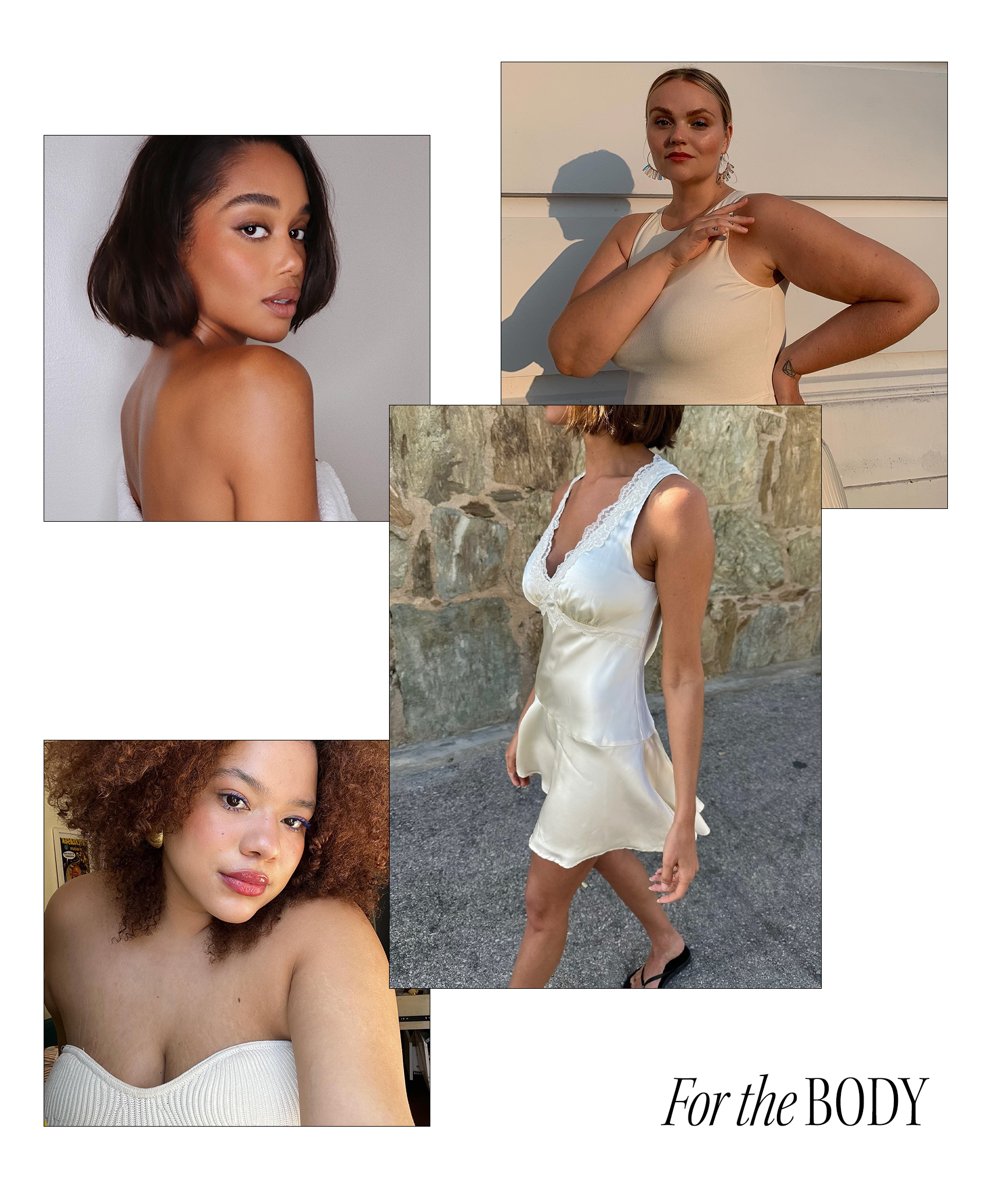
Great news: Many of the above facial treatments can target skin on the body as well. Even if a professional doesn't technically offer body treatments in their practice, most will be open to back, chest, and sometimes even butt facials upon request. Below, find some specific treatments for smooth, glowing, sculpted skin from head to toe.
Neck
Most facials—such as microcurrent, cryofacials, and oxygen facials—will treat the neck in addition to the face, but when it comes to specific neck treatments, baby tox continues to be pretty popular. "We're doing a lot of what people are calling Barbie tox. I'll [inject] the trapezius muscle in the neck to soften that, so it looks really soft and elegant, especially if a bride is wearing something that's off the shoulders," Henry shares. She may also inject a few inches north in the platysma muscle to sharpen the jawline and reduce banding on the neck—a treatment she dubs the Nefertiti neck lift (named after the Egyptian Queen Nefertiti and her smooth, elongated neck).
Back
Back facials are rising in popularity, especially HydraFacials that cleanse, extract, and hydrate the skin in one fell swoop. Some brides might even opt for a targeted laser, especially if they struggle with sun damage or congestion in the area. "Halo, Fraxel, Clear + Brilliant, BBL, Laser Genesis… All those lasers can be done from temples to toes," notes Blancato. "Chemical peels can be used all over, too. We just might adjust the one we're picking and how long it's staying on the skin."
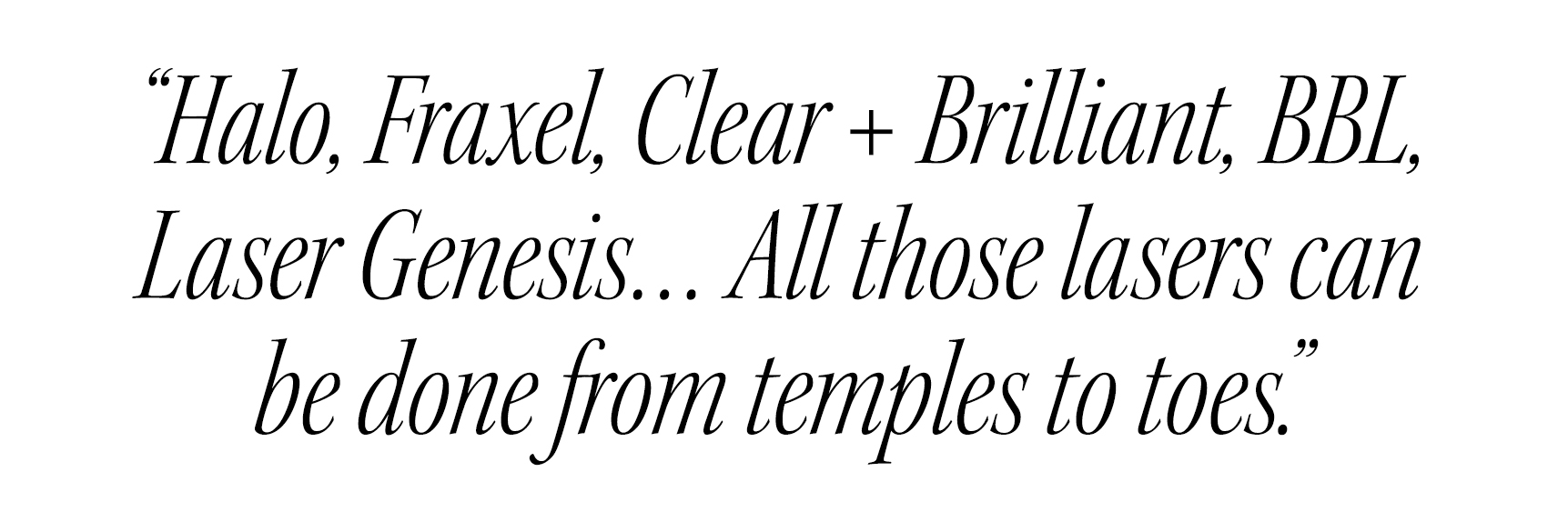
Arms
Again, lasers can be helpful for specific areas of concern, but Kim has specifically seen an uptick in Sofwave body treatments. "A lot of people are now doing it, not just on their face, but on their body as well. They'll do it on their arms, on their abdomen, and on their neck, and they'll do it a few months prior to the wedding to get the best results." Henry also suggests baby tox on the underarms for sweating purposes, mainly for those with outdoor weddings.
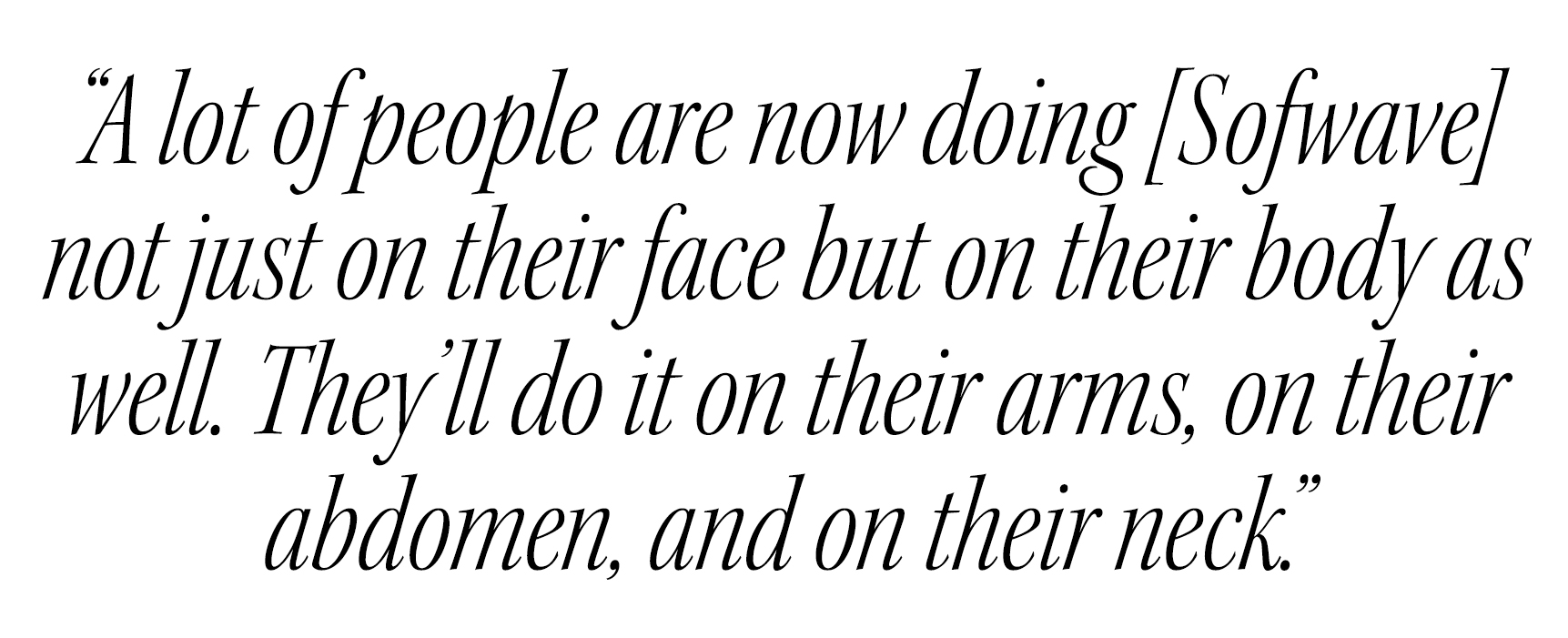
Décolletage
"It's hard to wear makeup on your chest (it gets on the dresses), so that's where lasers really help," advises Chang. Rather than covering up sun damage with concealer, she recommends some skin-planning beforehand with lasers like Fraxel, Pico, or Clear + Brilliant. "For both texture and pigment, I use the Clear + Brilliant Permea [a more superficial version] which helps shed that dark pigment through the surface gently," adds Henry.
Shop Bodycare Products
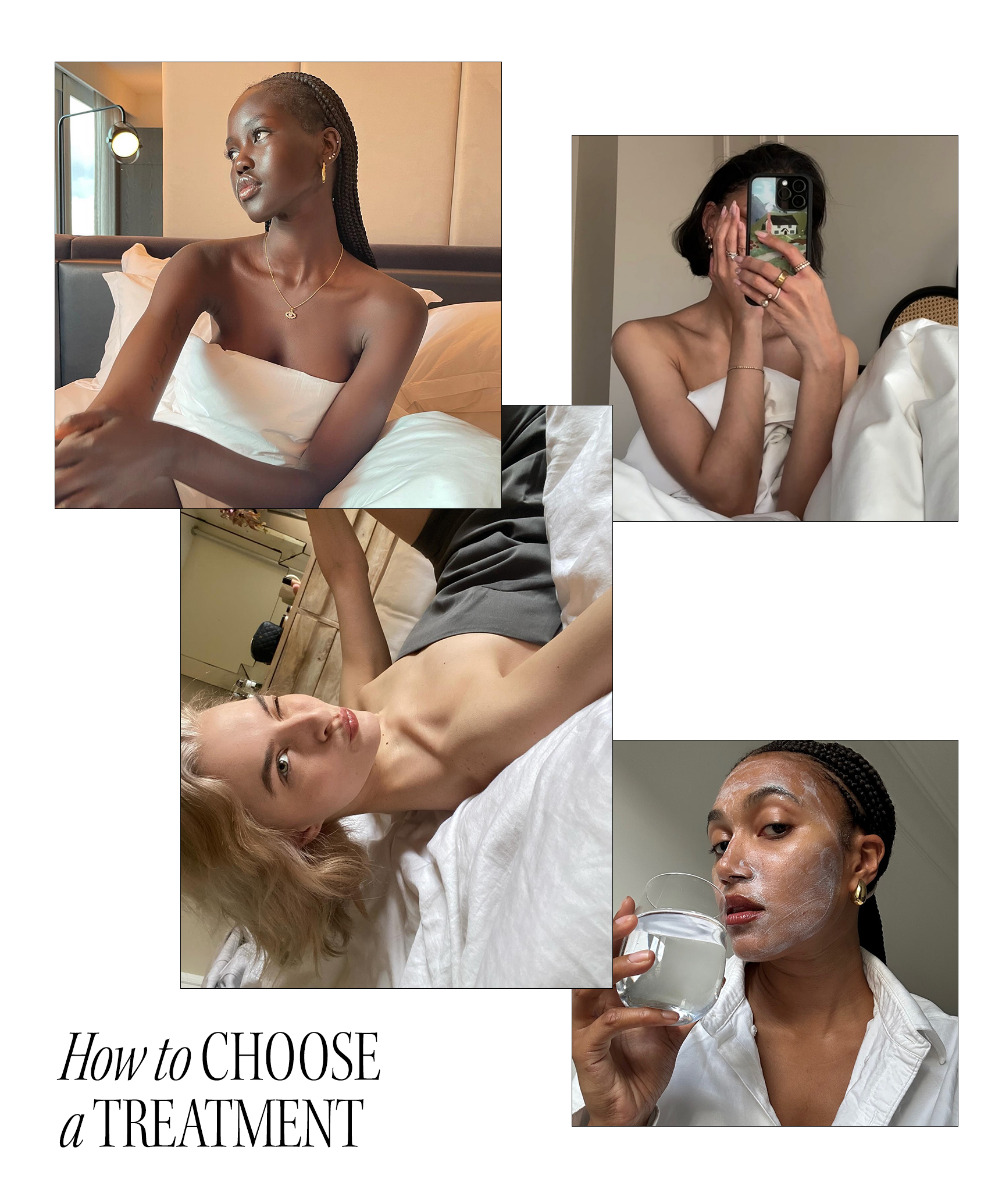
Needless to say, there are myriad skin treatments out there to choose from. Sorting them into these four categories was challenging enough, and brides (this editor included) likely already struggle with decision fatigue from the wedding planning process. How does one know where to start? The right treatment for you will ultimately depend on your skin concerns, budget, and timeline, but the pros do have some universal tips to share.
Number one: Find your baseline. Let's say you're looking for more lift and are interested in some baby tox. Before committing to the treatment, Kim suggests getting your skin into really good shape on your own (both with topical products and healthy lifestyle habits) for at least three months. "When you're at a really good place, that's when you come in and say, 'Hey, I want to maintain this as long as possible,' or 'I want to make my jawline a little bit sharper,'" he explains. "Then you can achieve amazing, beautiful, natural-looking results with very little, versus trying to rely on treatments and technology to solve your problems." Chances are you'll wind up tweaking less, which also saves you money in the long run.

You are ultimately the expert in your own skin, but if you're still unsure which route to take, feel free to rely on the consultation. A derm or aesthetician can help you pinpoint areas of concern and come up with a game plan. "Get yourself a skin planner," jokes Louise. "Seriously, we write protocols for our brides-to-be."
That said, it's important to be realistic and not expect miracles. "Do not walk into a derm’s office three months before your wedding. That’s a recipe for disaster. That’s like starting to train for a marathon a few weeks out," shares Idriss. If you'd like to book a Genesis or cryofacial, that's one thing, but more intense treatments (PRP, Sofwave, and the like) require an earlier heads-up. "When you look for a quick fix, nothing works," adds Kim.
In a similar vein, it's important to maintain a solid at-home routine no matter what your treatment plan looks like. Dropping coin on a high-tech procedure but ignoring daily care is, quite frankly, a waste of time and money. "You may look good for a month, but [your skin's] going to go back to the baseline," Kim shares. At the end of the day, that wedding photo is important, but these bio-regenerative treatments are a smart investment for smooth, toned, glowing skin for as long as possible—way beyond the "I do's."
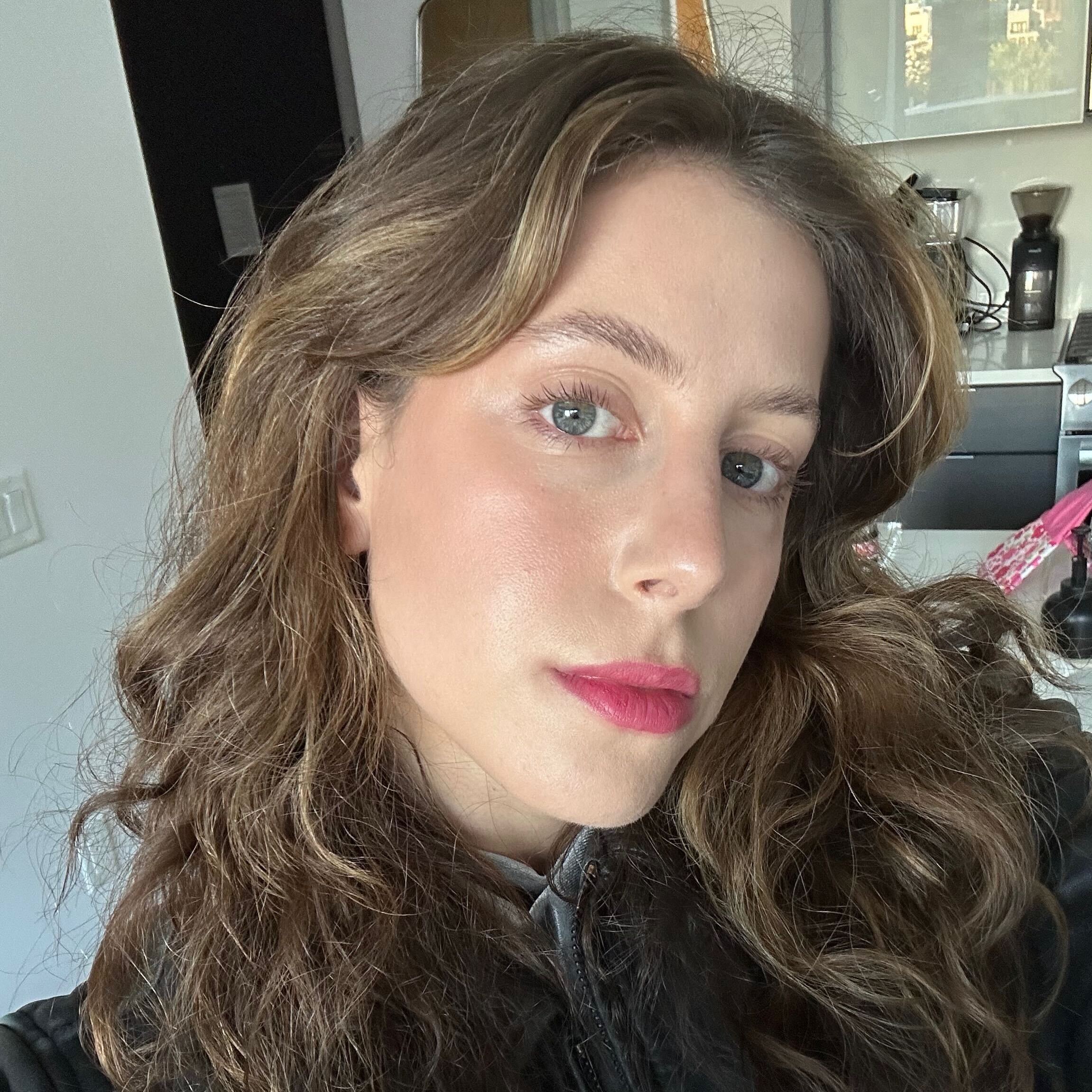
Jamie Schneider is Who What Wear’s senior beauty editor based in New York City. With over seven years in the industry, she specializes in trend forecasting, covering everything from innovative fragrance launches to need-to-know makeup tutorials to celebrity profiles. She graduated from the University of Michigan with a B.A. in Organizational Studies and English before moving to NYC, and her work has appeared in MindBodyGreen, Coveteur, and more. When she’s not writing or testing the latest beauty finds, Jamie loves scouting vintage boutiques and reading thrillers, and she’s always down for a park picnic in Brooklyn.
-
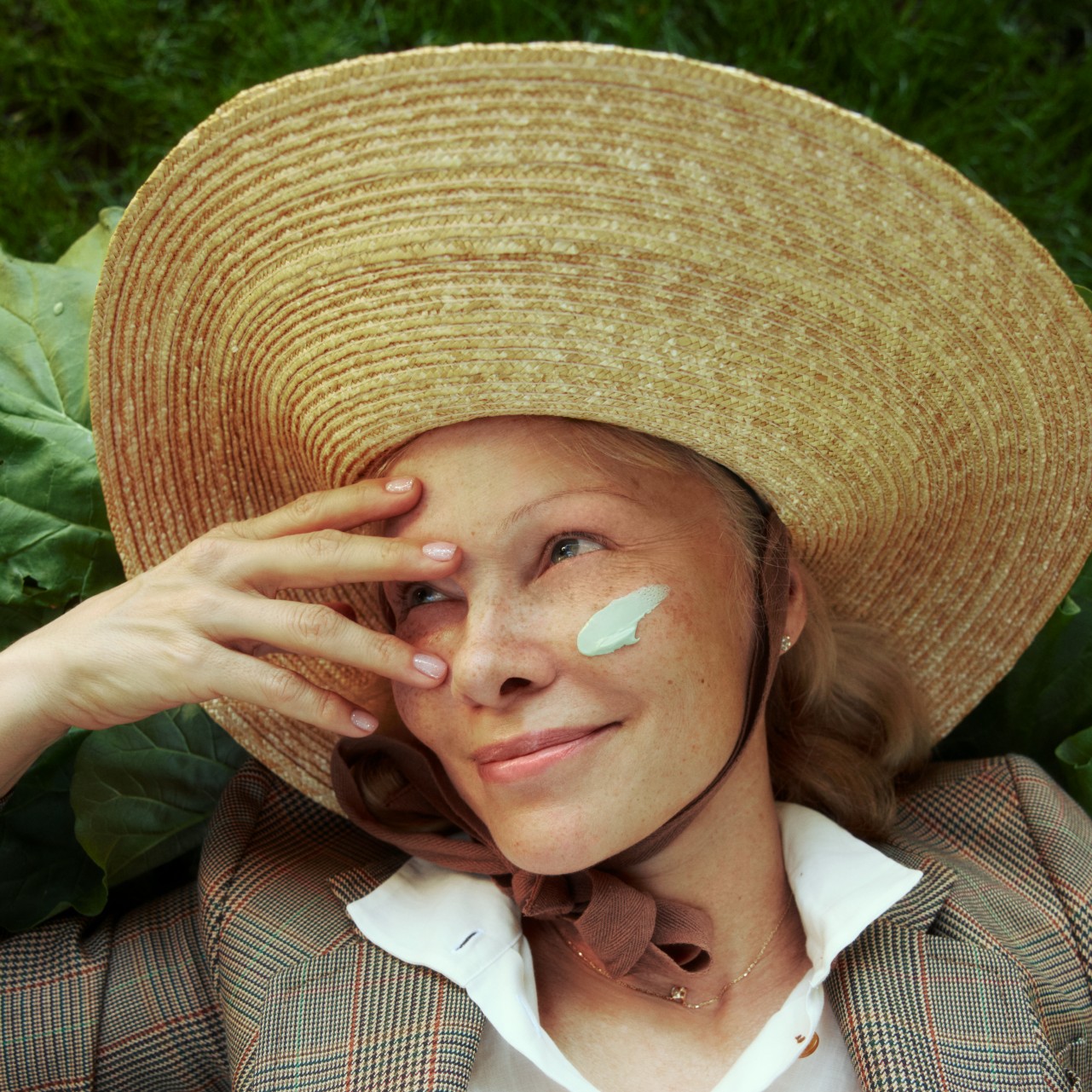 Pamela Anderson on Short-Hair Transformations, Sunspots, and Color-Correcting Without Makeup
Pamela Anderson on Short-Hair Transformations, Sunspots, and Color-Correcting Without Makeup"I really don't know what my next incarnation is."
-
 Jasmine Tookes Opened the Victoria's Secret Fashion Show With a Bump-Baring One-Piece and This Glowy Body Oil
Jasmine Tookes Opened the Victoria's Secret Fashion Show With a Bump-Baring One-Piece and This Glowy Body OilMy jaw is still on the floor, ICYWW.
-
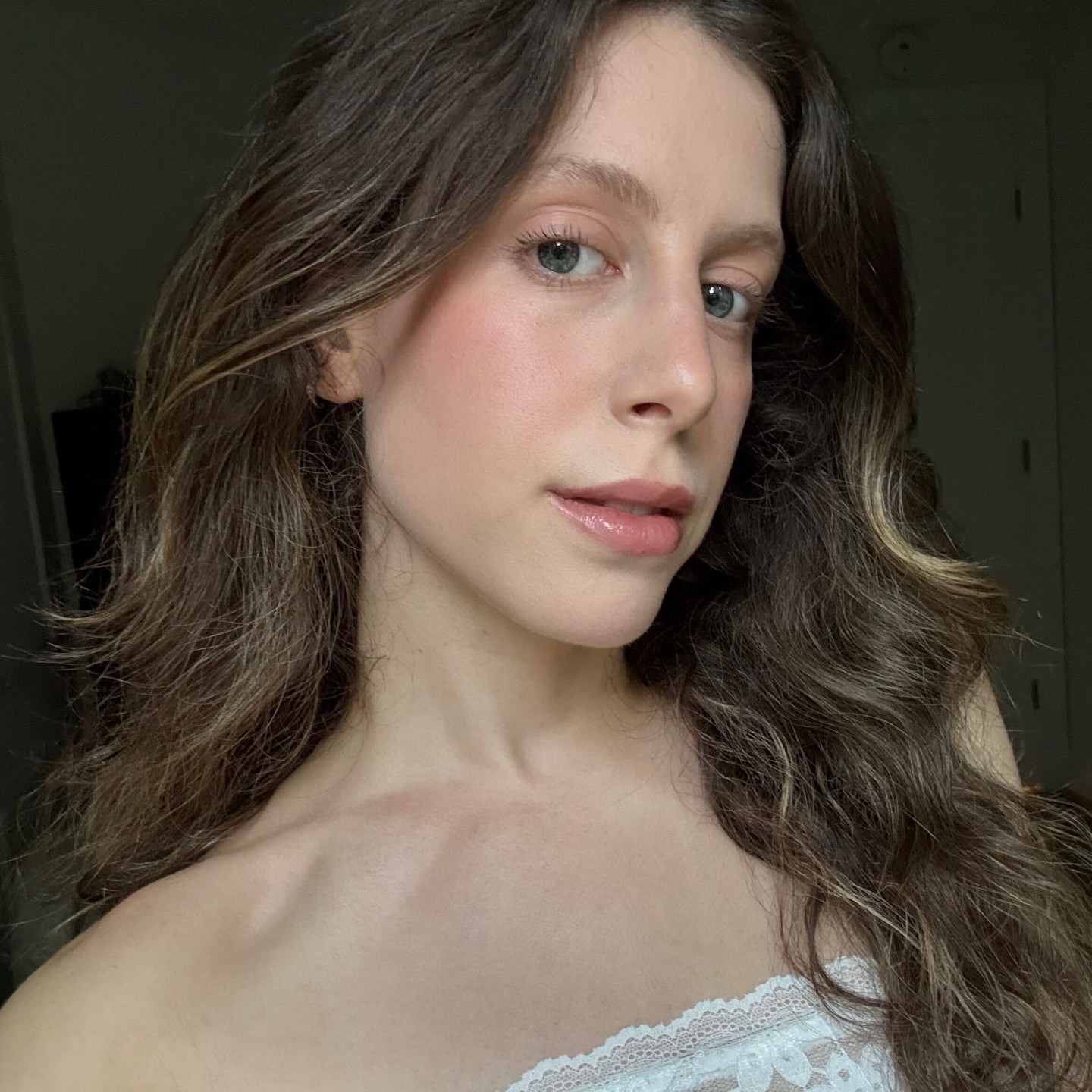 My Wedding Is in 4 Weeks—30 Beauty Products I've Been Hoarding for Glass-Like Skin and Liquid Hair
My Wedding Is in 4 Weeks—30 Beauty Products I've Been Hoarding for Glass-Like Skin and Liquid HairThe good, the great, and the downright miraculous.
-
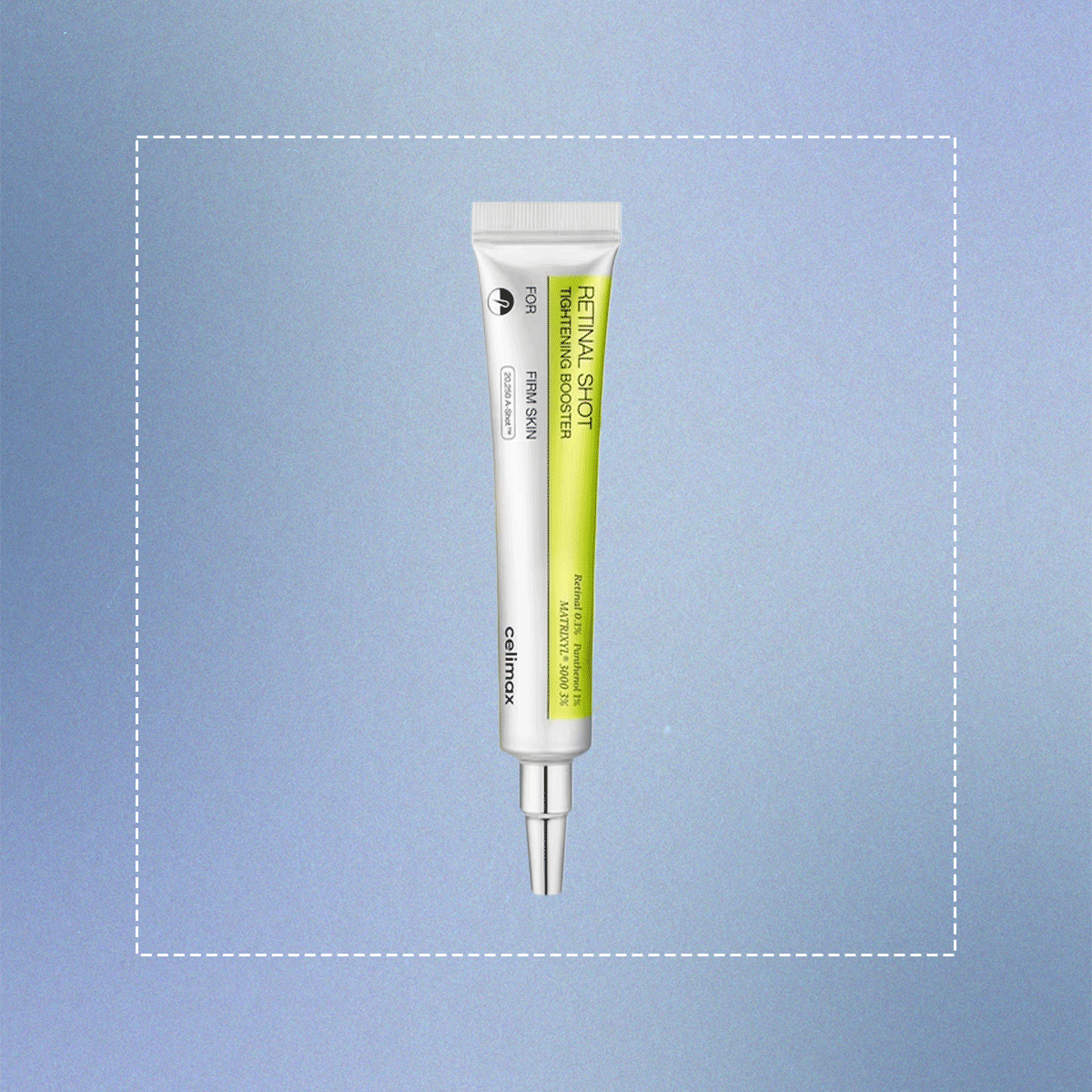 Amazon's New Korean Beauty Section Is Incredible—18 Add-to-Cart Items I Won't Shut Up About
Amazon's New Korean Beauty Section Is Incredible—18 Add-to-Cart Items I Won't Shut Up AboutHighly effective skin-enhancement, right this way.
-
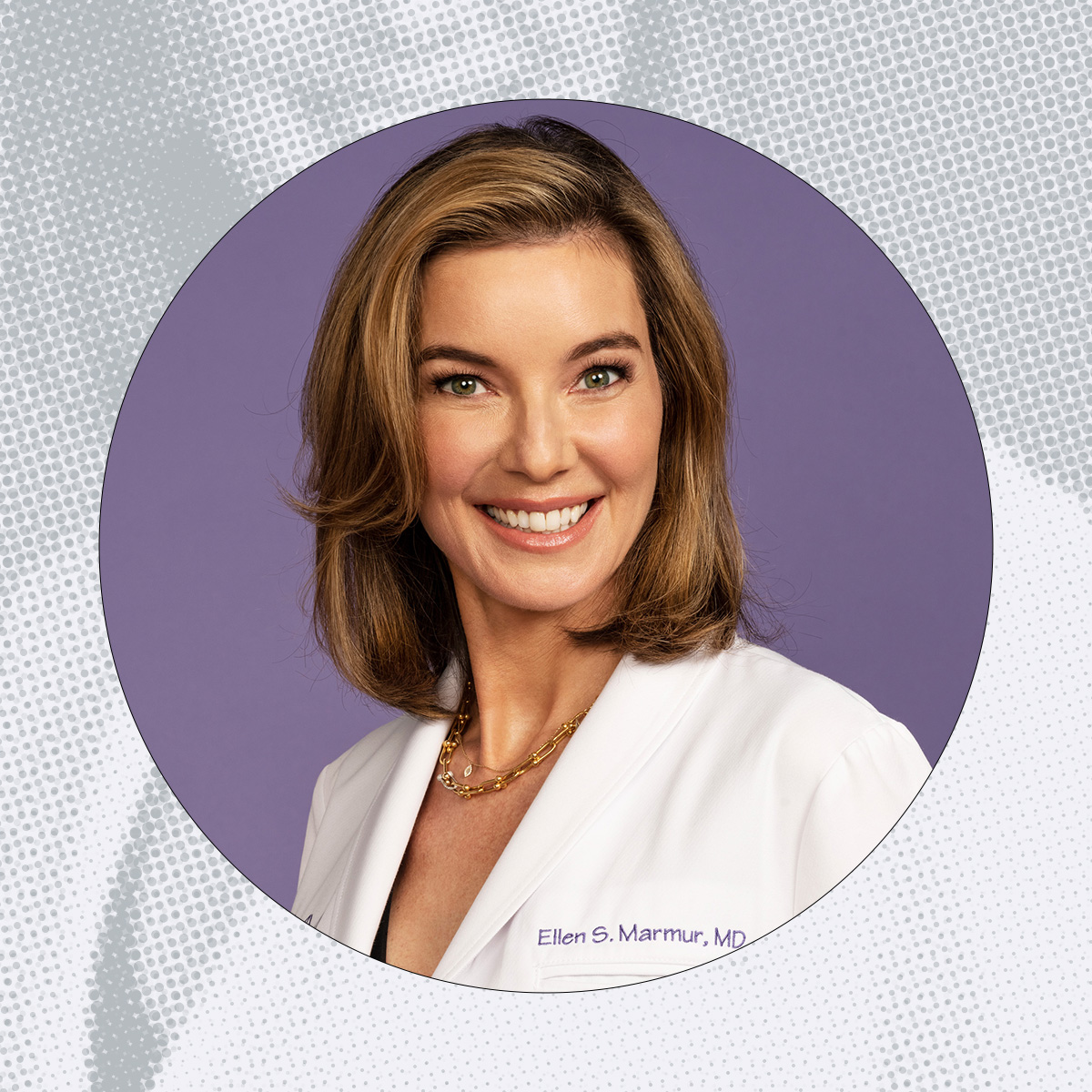 I'm a Laser Dermatologist—Here's What Most People Don't Tell You About LED Light Therapy for Skin
I'm a Laser Dermatologist—Here's What Most People Don't Tell You About LED Light Therapy for SkinPlus the underrated tool that works wonders.
-
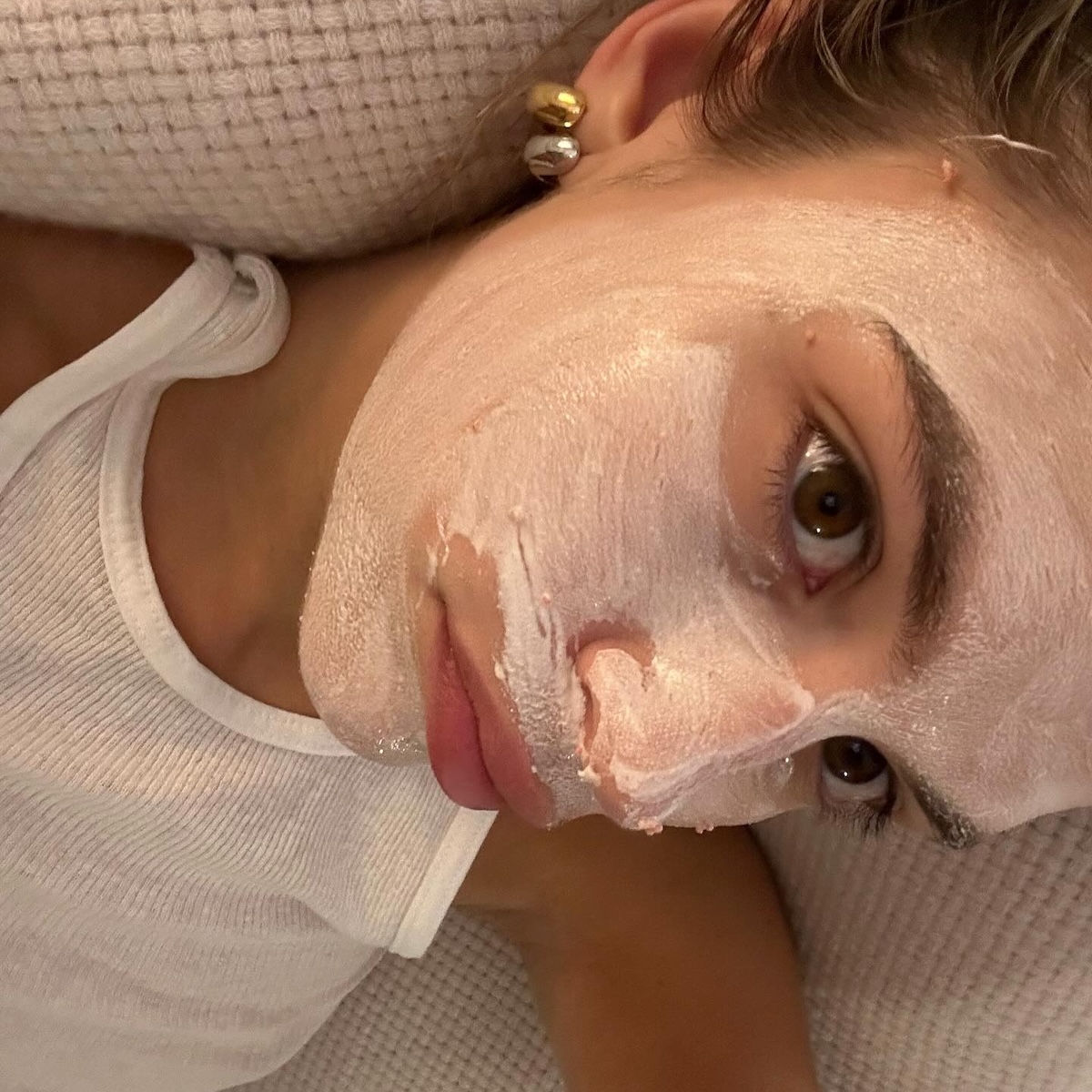 Me and Amazon? We Go Way Back—These Are the 24 On-Sale Skincare Products That Impress Me the Most
Me and Amazon? We Go Way Back—These Are the 24 On-Sale Skincare Products That Impress Me the MostFrom high-tech Korean products to iconic French pharmacy ones.
-
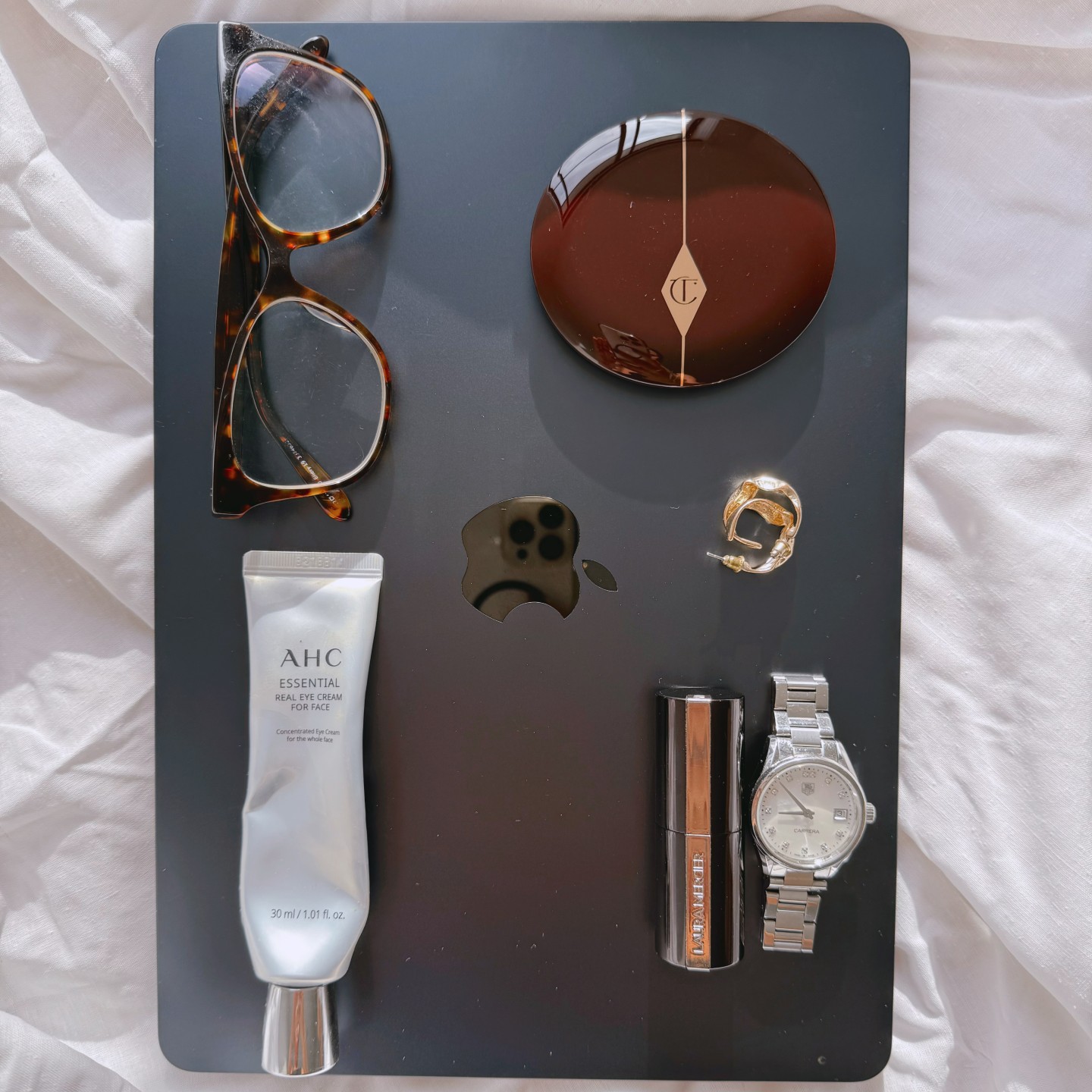 I Test Beauty Products for a Living—These Are the Only 22 You Need from Amazon’s Big Deal Days
I Test Beauty Products for a Living—These Are the Only 22 You Need from Amazon’s Big Deal DaysOn your mark...
-
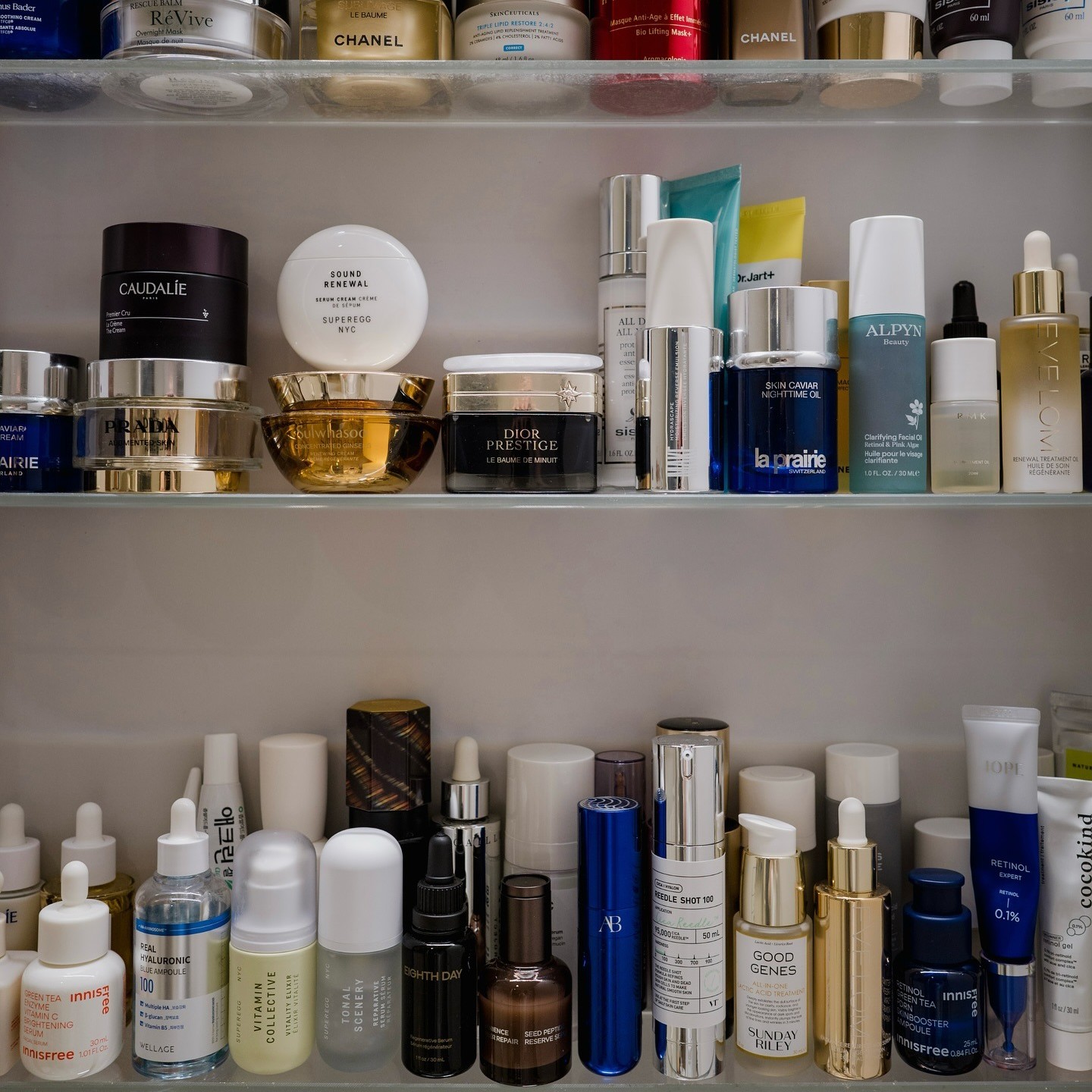 If You're Going to Buy Luxury Skincare in 2025, I'd Suggest Splurging on This, This, and This
If You're Going to Buy Luxury Skincare in 2025, I'd Suggest Splurging on This, This, and ThisThe ultimate worth-it buys.
